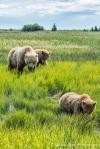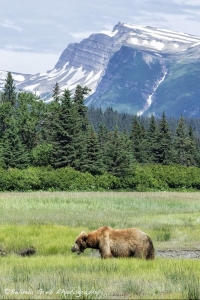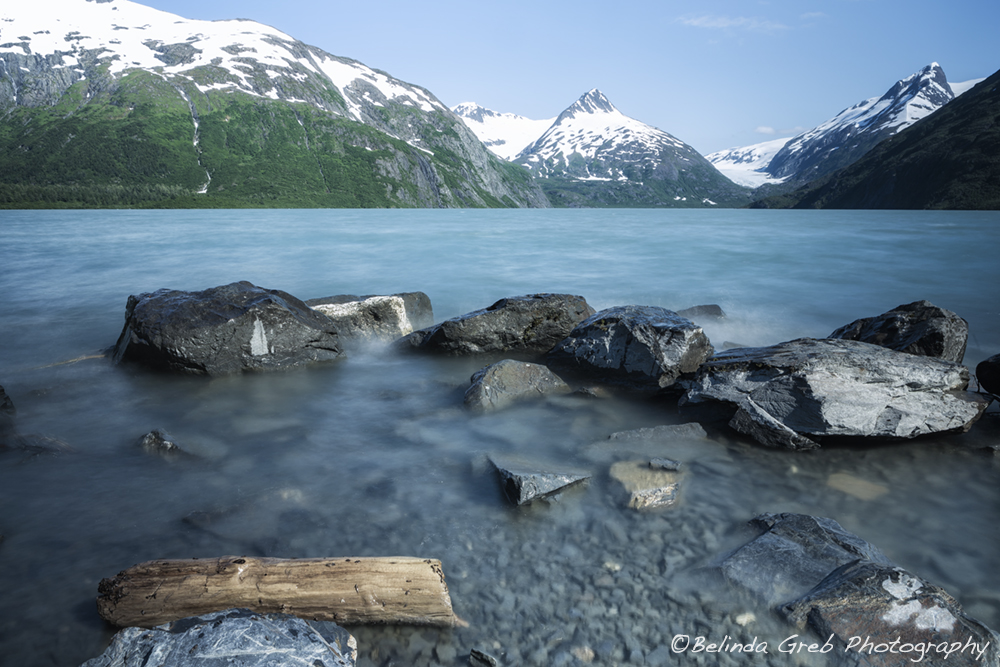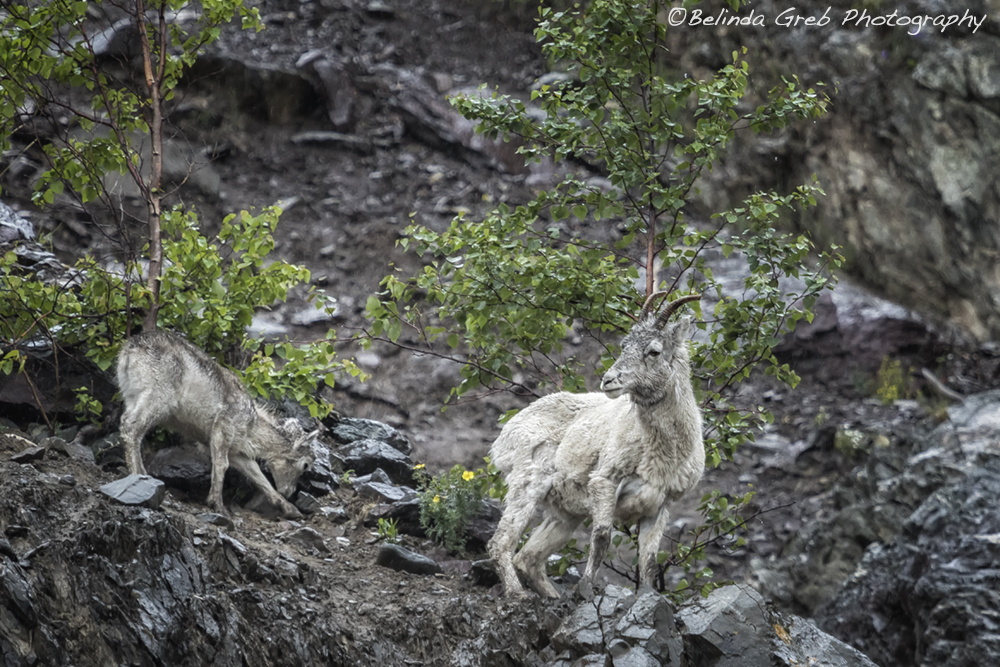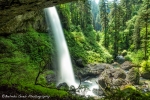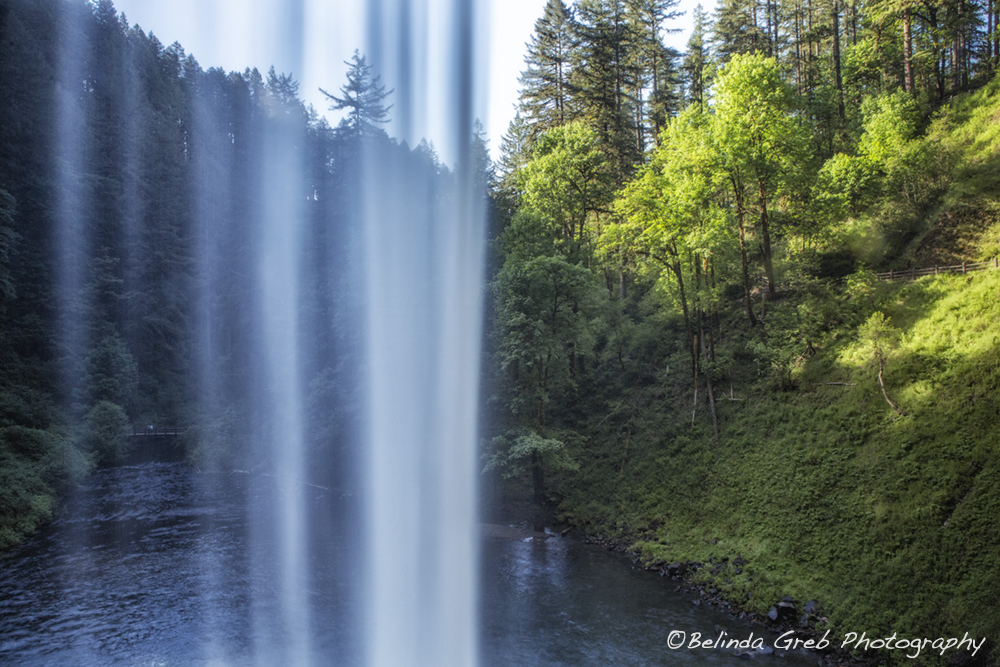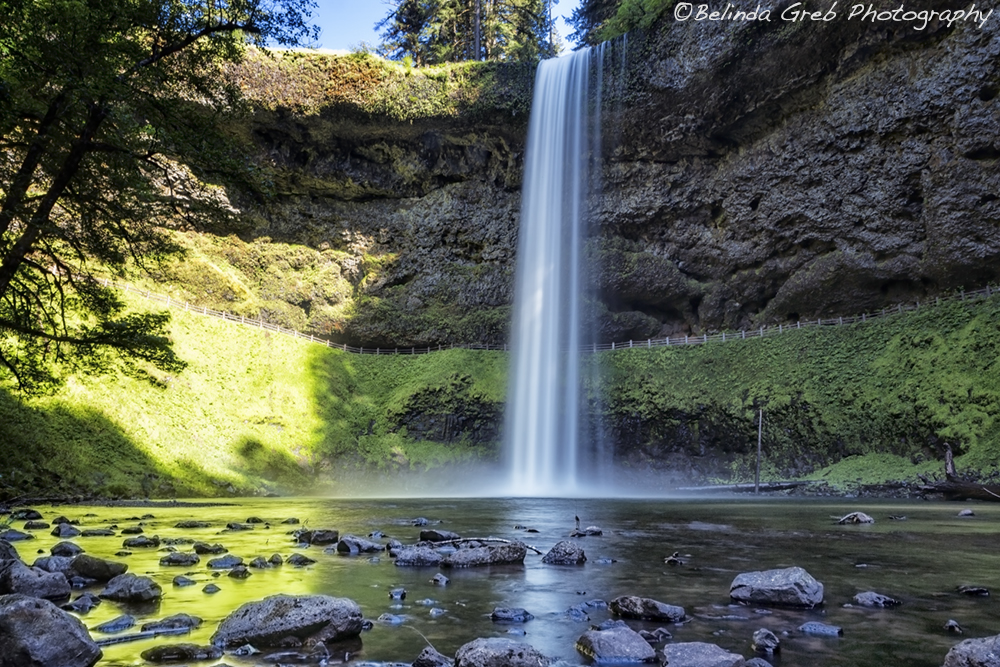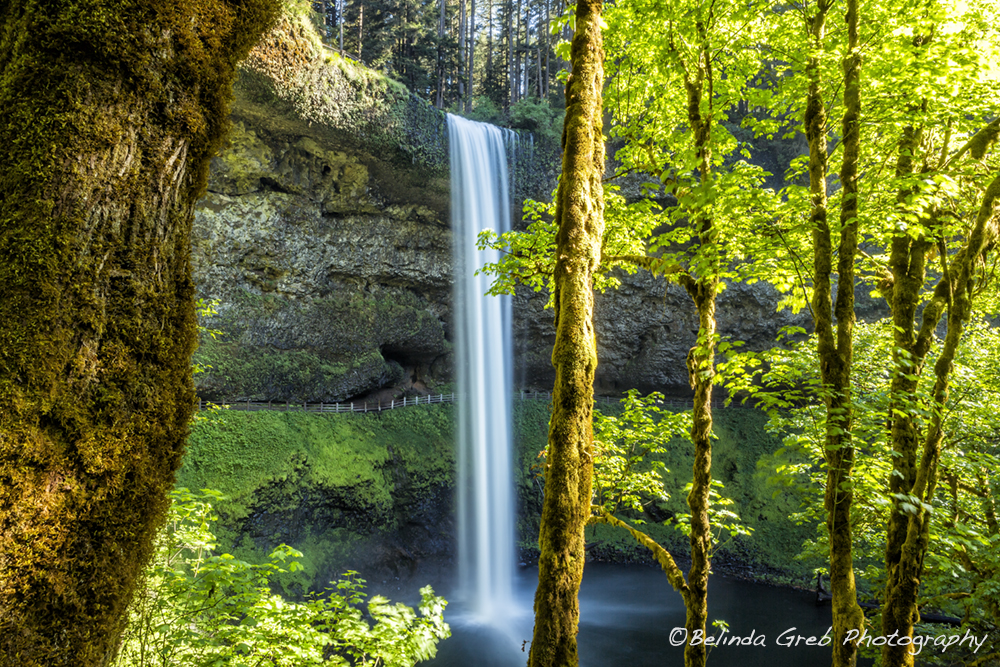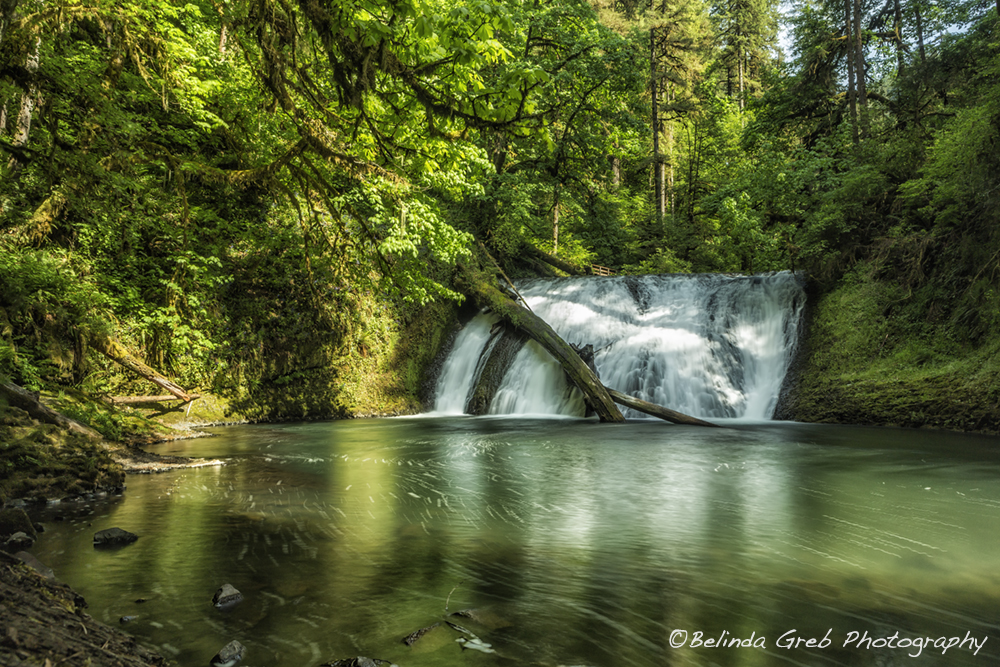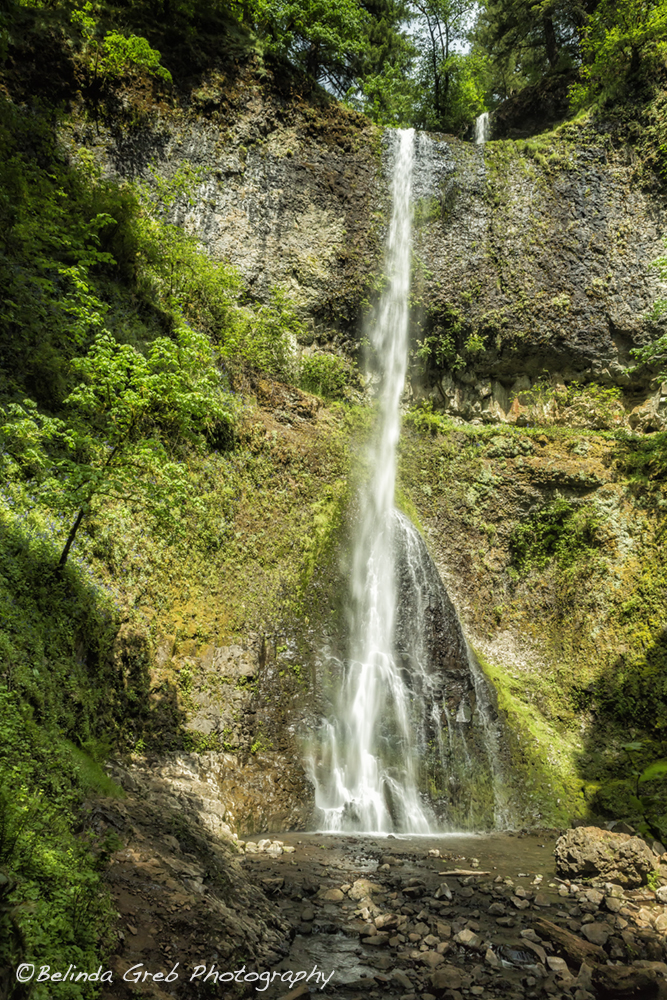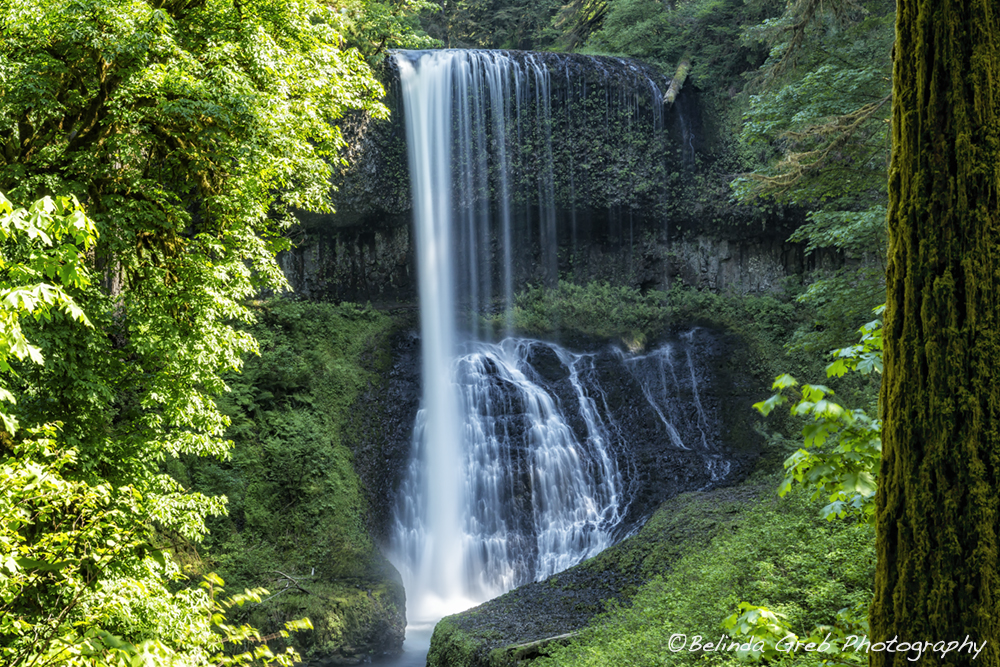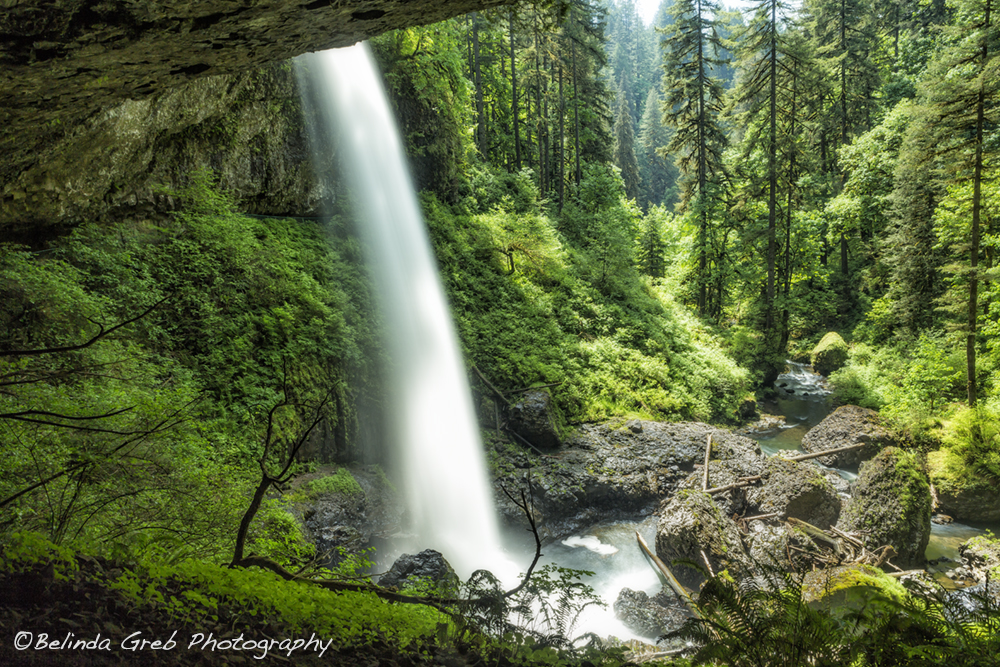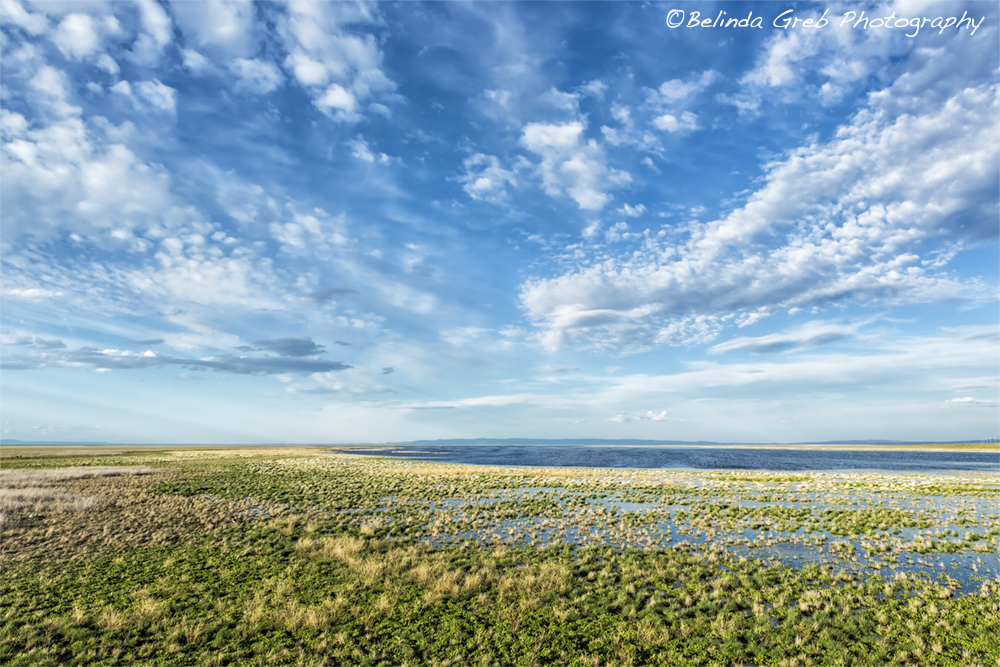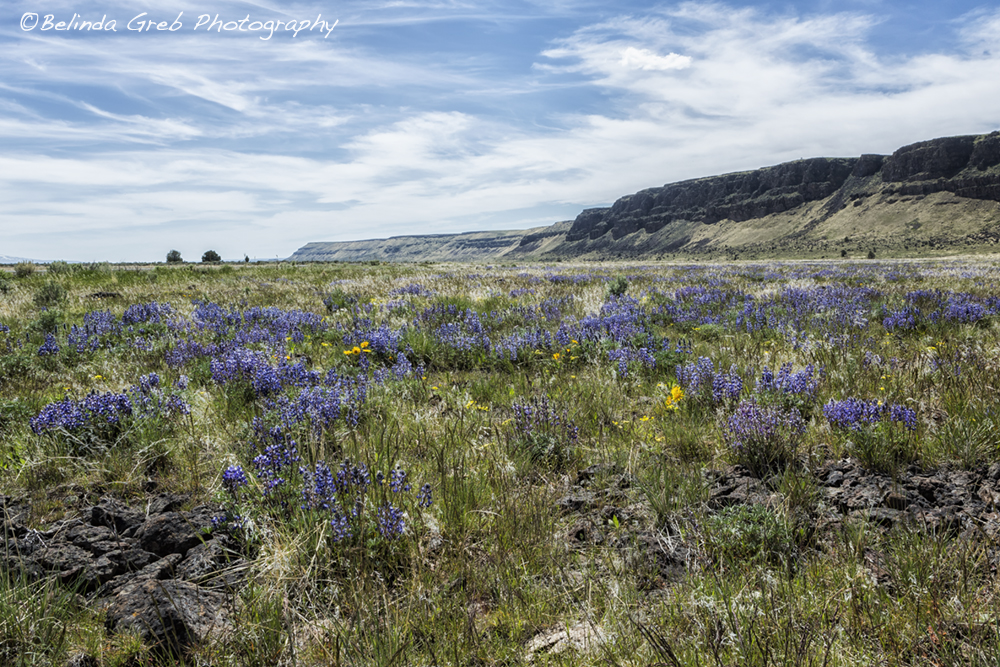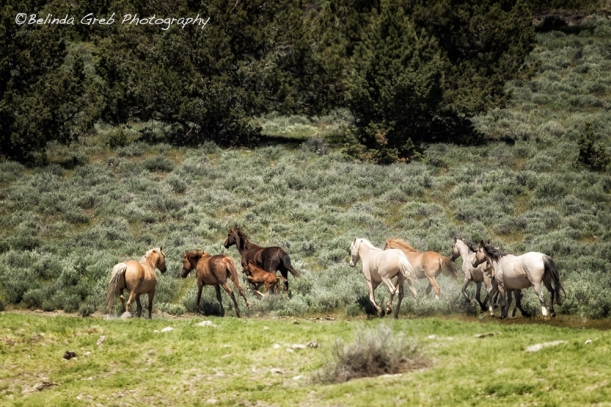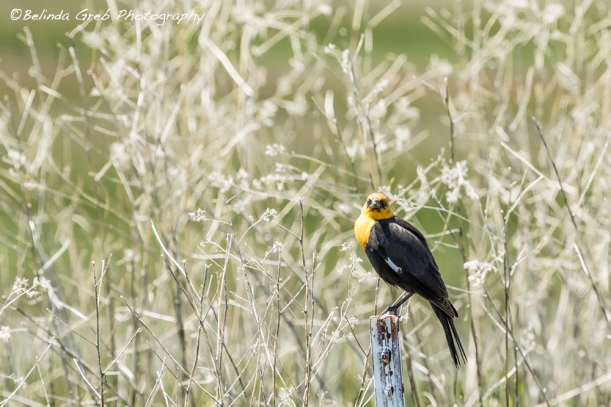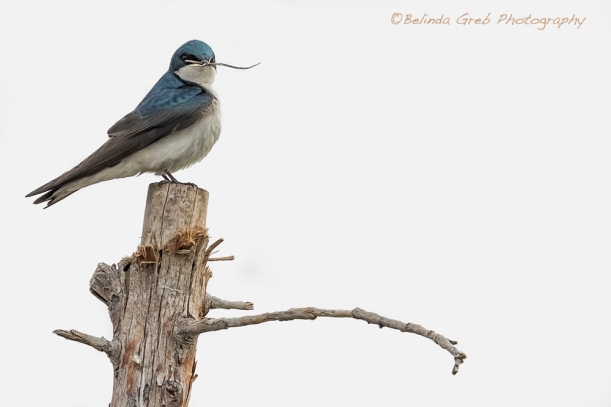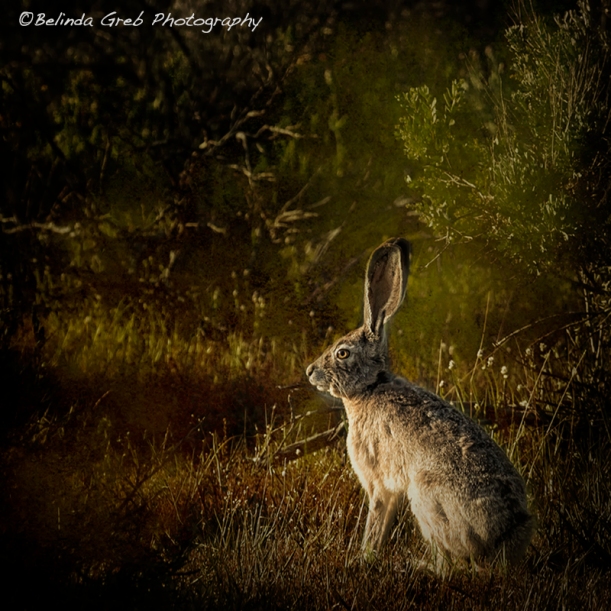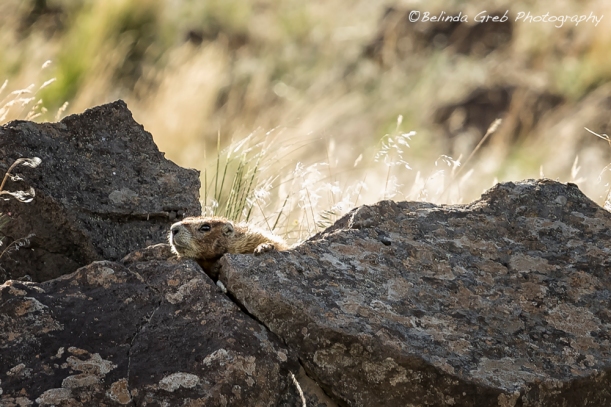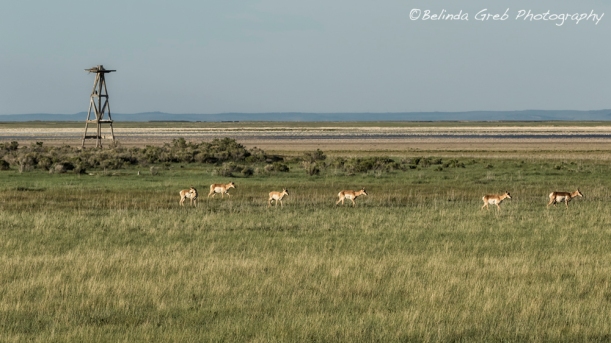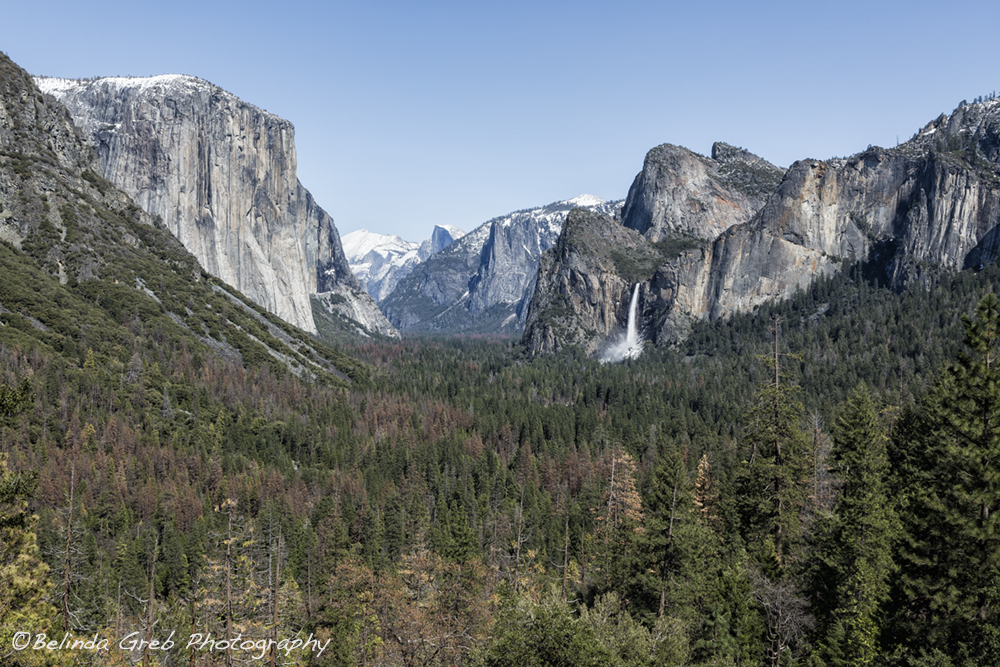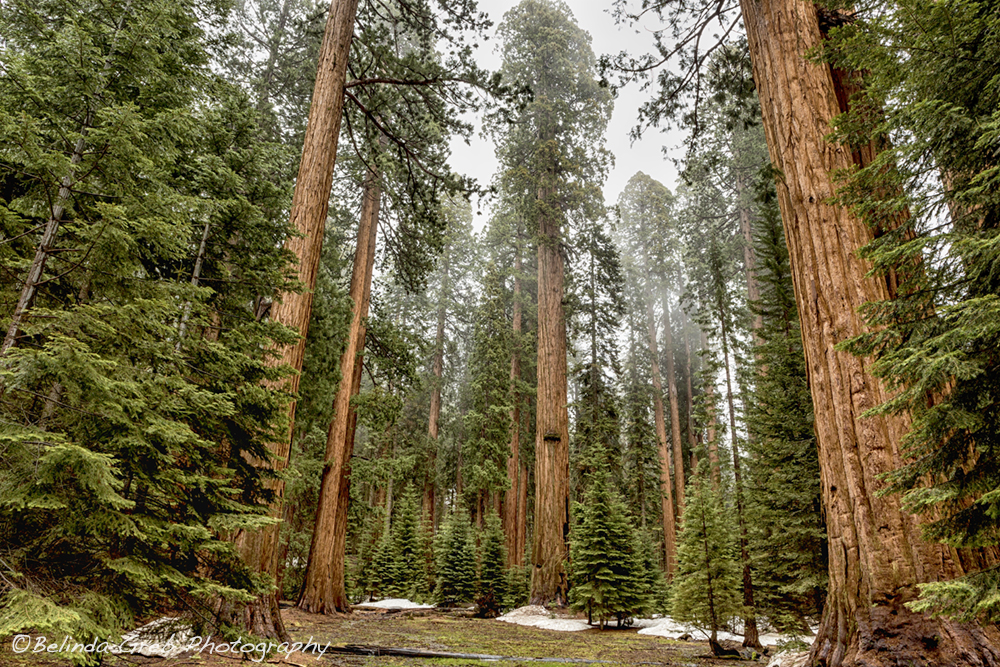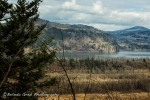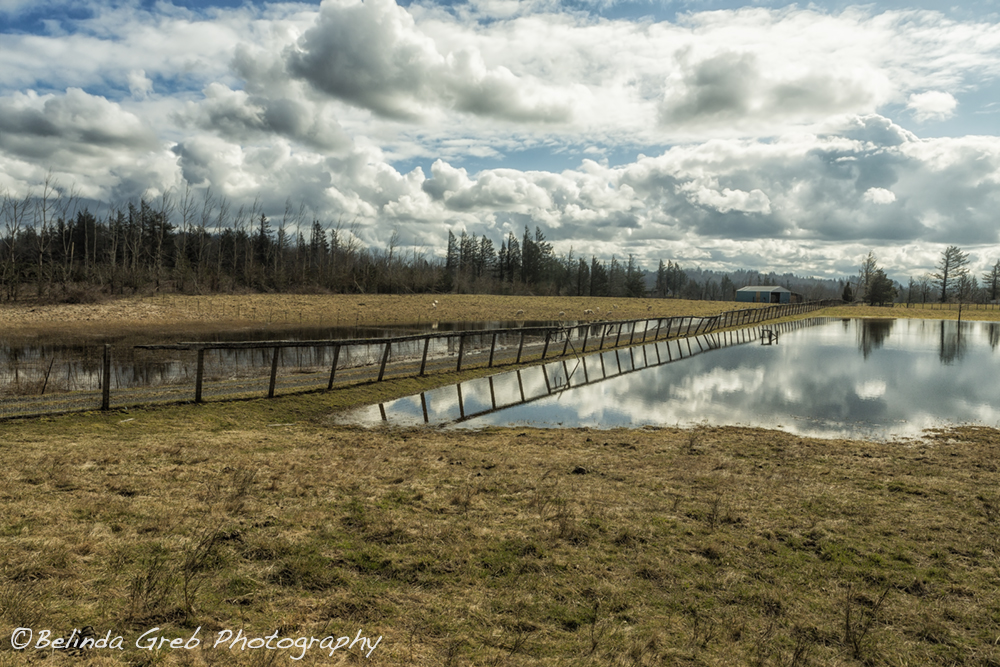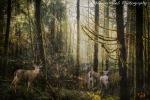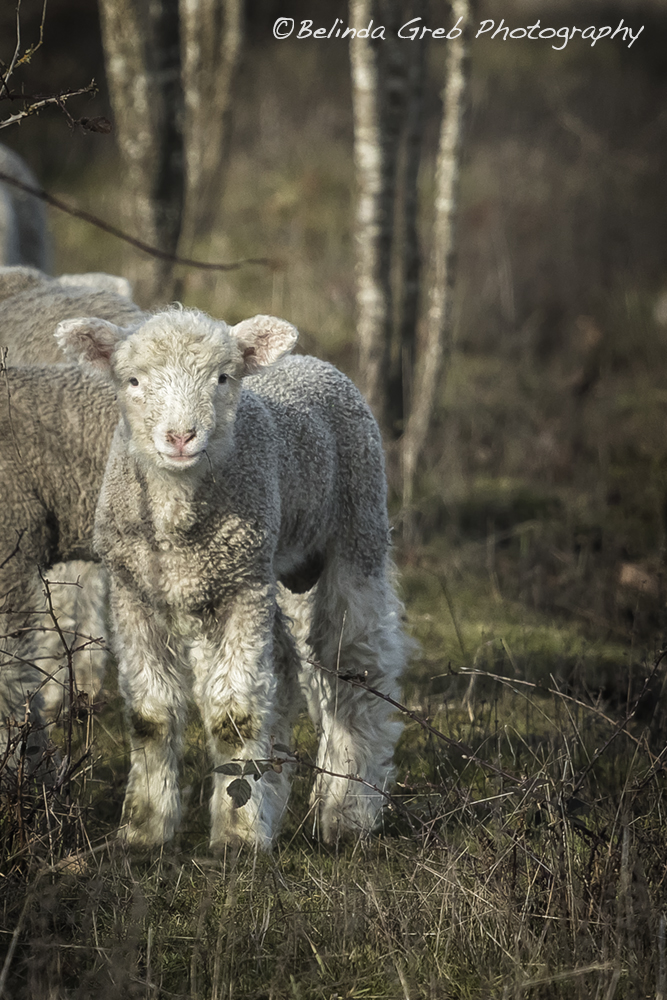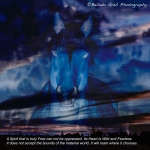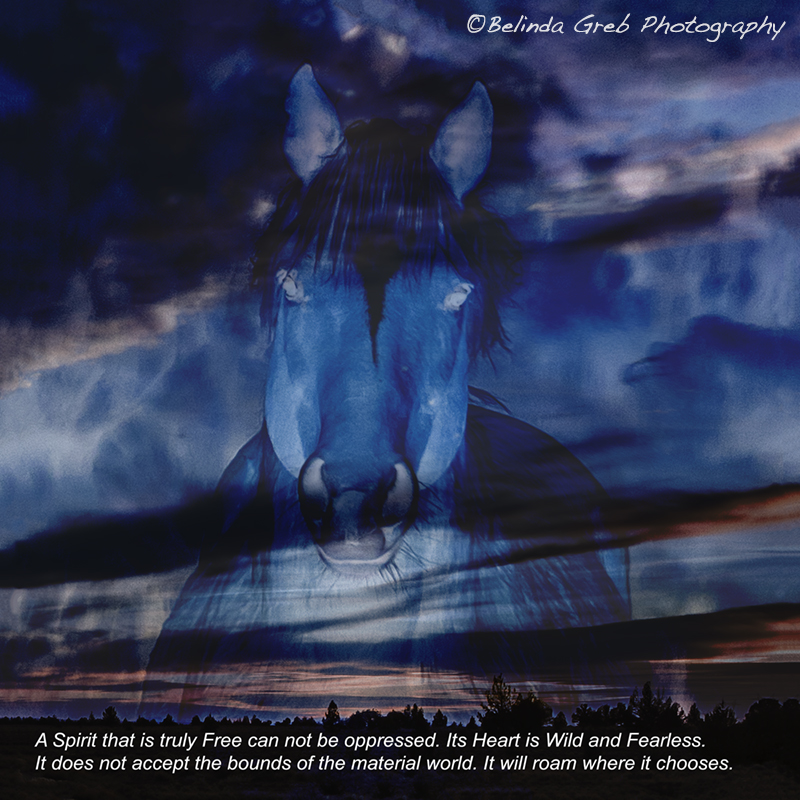by Belinda Greb
Text and Images ©Belinda Greb
Two weeks ago from the date I write this sentence, I wavered between two beliefs: the belief that I would walk back into my home that I had built nearly 20 years before and the belief that my life had irrevocably changed. A day later, from that point in time, I would know that it was the second belief that was true. The irritating pulsating whir and rev of a leaf blower now comes through the open windows, but the air is fresh unlike a week and a half ago when a heavy acrid smoke coated Eugene, Oregon, with both a fog and a layer of ashes blown in from the fire that was still raging 20-30 miles away.
Two weeks and 1 day ago, my phone went off loudly in the afternoon while I was in town – Eugene. I didn’t think it was my phone at first, because I had earphones on, but everyone was staring at me. I saw it was an alert about heavy winds. It was roughly 2pm in the afternoon. When I got home to Vida, a rural community 30 miles outside the Springfield/Eugene area in Oregon, the air was yellowish brown. I put away the groceries I had bought for my parents and myself, and went online to the Blue River Community Board Facebook page and learned it was smoke from the Beachie Creek fire that was about 75 miles away. I thought nothing of it. We are used to smoke from summer fires, most starting from lightening and located higher up in the wilderness part of the Willamette National Forest. One fire, by Cougar Reservoir and French Pete, had threatened homes in the Upper McKenzie Valley a couple of years earlier. I had considered us almost home free from a summer relatively free of fires in our area. There was another alert about high winds sometime in the early evening, but near our house the wind was just a bit breezy, that’s all.
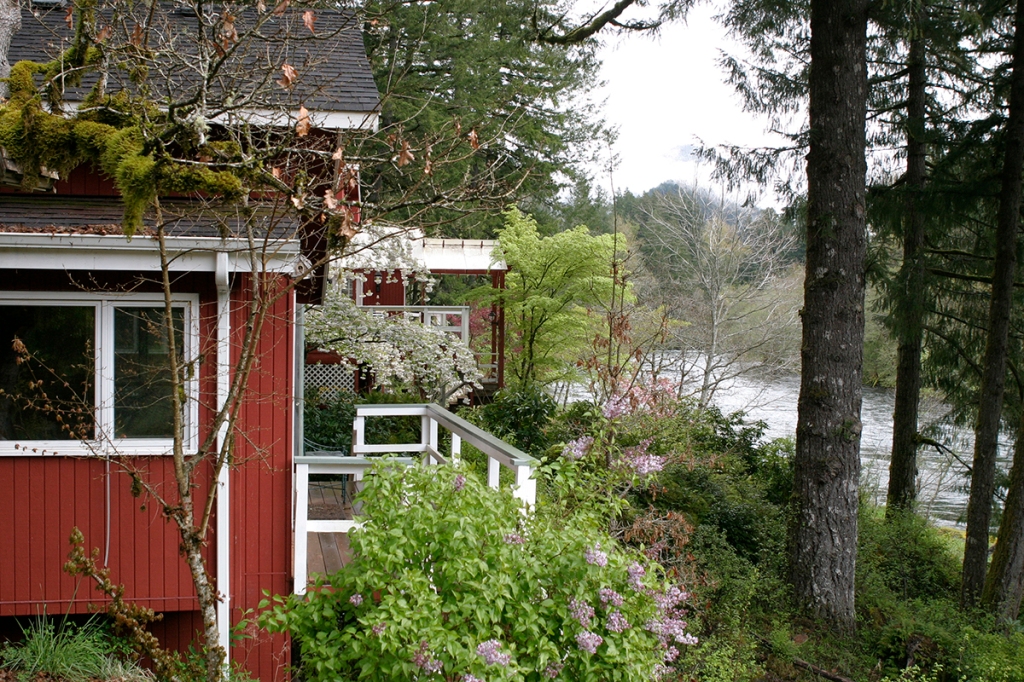
My path to the McKenzie
My home borders the McKenzie River. There are great Douglas fir trees on the property my parents bought over 40 years ago that are probably 150 or 200 years old. One large tree along my mother’s upper garden path may be closer to 300 or 400 based on the size of its girth. It is a magical place. A long narrow strip of land between the highway and the river that mixes the natural beauty of the area with the artistry of my mother’s green thumb. Numerous paths wind their ways under the firs and large maples. In Spring there are flowering plants that bloom like a prized Fuji Cherry whose blossoms look like miniature clouds against the sky, magnolias, daffodils, tulips and a variety of rhododendrons throughout the gardens, as well as wisteria that wraps around the staircase balustrade to the upper deck, and daffodils, tulips; in summer, there are irises, roses, and hydrangea; and in the fall, an elm tree off the lower deck is a vivid color of flame red, while other trees turn a golden yellow. The river is visible from nearly every point, shimmering through the trees, cooling the summer heat of its shore by about 10 degrees. There’s also plenty of wildlife around: ospreys, a heron and kingfishers that feed off the river’s bounty. Butterflies and hummingbirds find a home there. There is a neighborhood beaver, and I have been delighted by otters that come through on rare occasions.
I had lived the first half of my life in California, but moved to Oregon for a few years where the rest of my family had relocated. I bought a house in Portland after the first year and lived in Oregon for a total of almost three years, but it didn’t agree with me, and I moved to New York City, finding a coop on the upper West Side within blocks of Central Park. It was the tail end of the recession, so I found I could afford what was a dream neighborhood. Weeks after I arrived in NY, I started working a graveyard shift in a word processing unit down at Lehman Brothers in downtown New York by the World Trade Center and also a day time job at Bear Stearns in mid-town. There was an excitement of being in that great city, and it was interesting to see the city while most of its inhabitants were asleep. During our breaks at Lehman Brothers, my coworkers and I would walk by the harbor looking at the yachts and their accessory helicopters and ski jets, smoke in the stairwells or pass the floor polishers on our way out to get a breath of biting air. That winter there was a fierce snow storm that covered the city and an ice storm that ornamented the trees. In the mornings when I worked graveyard, I would take the subway uptown, give my dog a walk in the park in front of Hayden Planetarium, and feel myself becoming part of that city. Later I switched to working full time at Bear Stearns, but that first winter, the newness of the city, the feeling of being wide open and alive, was magical.
I loved the museums, being able to buy half price tickets in Times Square, the literary minds of my co-workers, and the strong life that seemed to ooze from the pavements and fill the air up to the highest skyscrapers. I loved walking Kyra, through Central Park, seeing her swim for the first time in the pond in the Rambles, and being in awe at the Fall colors in the park. After five years, I decided to move uptown, and bought a cheaper coop apartment in a neighborhood that was in the process of gentrification. My goal was to perhaps use the money to buy a little property outside the city in the country.
But things changed. It was 2000, I had moved into my new apartment and soon discovered that my apartment was not a peaceful environment due to a three-generation family of six living in the 1-bedroom apartment above me. I stuck in there, trying to effect change but nothing seemed to help. I grew more and more weary of the noise and had felt anxious since the beginning of the year. Something seemed off – people seemed more hostile, and I was sleep deprived from being woken in the middle of night by thumps, feeling my walls vibrate, and crashes from above, often in the middle of the night at 4 am. I gave up, and it felt like I was giving up something valuable, because part of me did not want to leave, but I couldn’t take it anymore. I arrived back at my sister’s house with my dog and took the summer to think about would come next for me. I took a road trip down to Utah and then down to California to visit friends. One morning, back at my sister’s house south of Portland, I awoke to the sound of my sister and brother-in-law listening to the news downstairs. It was September 11th, 2001. Going downstairs, seeing the second struck tower leaning and then falling, I was shell shocked. I don’t quite know how to explain the depression that came over me in the ensuing days, weeks and months. It was if I had entered an alternative world. I don’t know how it would have affected me if I had still lived there, but being apart from my friends, and the city I loved, I felt isolated and saddened.
The possibility of returning to New York had been one of my options for the future, but after September 11, it felt as if the city I knew no longer existed. I could hear the anxiety in my friends’ voices and see the blackened ruins of buildings and skywalks in the area I had first worked.
During the aftermath of that horrific event, I sought a haven. I wanted to be by my family. I wanted some place safe for my dog, Kyra and I to be. My parents had the property by the river that they had built a house over 20 years before. At that time, they were living half of the year in California, leaving the river in the fall and returning in the Spring; so, I stayed at their place, and oversaw their rental properties for them. Vida is 30 miles east of Springfield and Eugene or about 40 minutes away. The area was lush and rains seemed to fall continuously during the winter. A few times a year, snow falls to our 1,000-foot altitude, and might stay on the ground for a day or two or even a week.
I felt as if I were burying myself there in the dense darkness of the forest. At night, I seemed to hear voices from the river, talking a strange language I could not understand. Living alone, with just my dog, and my parent’s “barn” cat, Whoospi, I sometimes felt afraid at night. And I was disturbed by what was going on around me in the world. I felt September 11th had a message for us. I felt the pain of all those lives cut short, but I also wanted to understand the anger and despair of the terrorists. I felt there should be a considered response from us that searched for a spiritual resolution, but of course, no, the way forward we took was through retribution. And tens of thousands of people who weren’t responsible for the bombings paid the price on both sides. Retribution for 2,977 lives has resulted in more than 288,000 total related deaths for Iraq and 31,000 total related deaths in Afghanistan wars. Retribution for $40 billion dollars for 9/11 losses has resulted in over $2.4 trillion dollars for the Iraq and Afghanistan wars just on the US side. This was the way we chose.
I was destabilized and incapacitated by it all. And so, I stayed in Oregon for the next 4 years, adding on to a studio that was on my parents’ property and making it my home, with Kyra and Whoopsi, who stayed with me until he died. The first few years, I felt as if I were sleepwalking. I did a lot of physical labor on the rental apartments and I took care of the accounting. It wasn’t a full-time job, except when someone moved in or out, but it was enough to live minimally since I had savings from the sale of my NY apartment. I had a few friends who visited from California and I visited them, but otherwise, I had little to sustain me creatively or emotionally. After getting pneumonia, and tiring of the rentals and renters, I decided to move down to the Bay Area in California where one of my best friends and her family had recently moved. I was able to get a good job right away, but lived there for only a year. When my dog, Kyra, died, I felt broken-hearted and empty. The thought of raising another puppy in a city where I couldn’t even walk my dog in the local park due to “ordinances” and having to contend with the traffic, noise, and small confines of apartment living was unbearable to think about. Unbeknownst to me, the quiet and beauty of Oregon had changed me and that change had been felt during the year I spent in Oakland and made me judge my current environs harshly. I missed my little house, where I had left most of my furnishings: my stepfather’s aunts’ dining room set I had inherited, an antique armoire I had bought in my 20’s, art vases I had gotten in Santa Barbara, and even my bedroom set I had picked out when I moved up to Portland. So, I moved back to my home in the woods by the river. I adopted a new Labrador mix puppy, who I named Maisie, who brought back joy into my life. I rediscovered the beauty and magic of life through watching that young pup experience various things for the first time and getting out to walk her more. I began to paint and hike. And I began to explore Oregon in a way I never did before, driven in part by my renewed concentration on photography.
No Ready, No Set, Just GO!
I was on the computer sometime after 8 pm on September 7, 2020, when the power went out. I grabbed my small flashlight so I could make my way over to my parents’ house. My mother is 85 and my father was 91 at the time and has dementia and uses a walker. They were sitting in the dark in the atrium where they had been watching tv. I found a flashlight for them, and then checked on their other flashlights which were not working due to dead or uncharged batteries. Unfortunately, we were only vigilant about that kind of stuff in the winter when there were more weather issues that affected the power. We had just gotten a generator about a year before due to a bad winter storm that left us stranded for days without power, heat or running water. But it was dark and windy. I figured that if the power was still off in the morning, we could start it up. My parents decided they would just go to bed, which was the safest thing for them to prevent falls in the dark.
I returned to my house and was reading on my phone when I noticed the wind getting a bit stronger. I checked back in on the Blue River Community Board. There was a mention of a fire at milepost 47 due to a downed line, but at that point no one posting seemed alarmed. Looking back, I see I was continually checking the Facebook page between 9:17 and 11:57, every 5 to 15 minutes. At some point there was a reported fire at milepost 34, but when I checked back at 11:36 pm I saw there had been no fire, just downed lines reported at that location. At 10:27 pm I had called my sister, Annette, to let her know the situation just in case the power on my phone ran out. I told her to keep an eye on the site. Shortly afterwards, the large tree that towers over my house made a large creaking sound unlike anything I had ever heard. I checked the site again and started to gather my back up drives throwing them in a suitcase that was partially packed for a trip I was planning to take on September 13th to Wyoming. I took the suitcase and my camera bag, to the front room. I went over to my mom’s and woke her so that I could get her medications along with a change of underclothes for her and my dad in a bag. Then I manually opened the garage to back out their car. Just in case. There were reports of evacuations for Holiday Farm and around 11:00pm Blue River was evacuated but that Level 3 evacuation was 11 miles away. Level one, is Be Alert and monitor media outlets, Level two is significant risk level and evacuation is voluntary or to be ready to leave at a moment’s notice. Level 3 means danger is affecting your area or imminent and leave immediately. We had not received any Level 1 or 2 notifications, so my parents went back to bed and I returned to my house.
My neighbor called at about 12:00 am. We shared information and I told them to watch the community board on FB. They had been alerted by their friend who lived a mile or so upriver. I decided to start putting my gathered things in my car, like the suitcase, my cameras, the backup drives, and a couple of meals I had already prepared for my dog, Maisie, in addition to the rest of her medicine. In hindsight, there was so much stuff I wished I had grabbed. But I was doing this in a darkened house with no power and just had the light of a single flashlight. It was disorienting to say the least. As I was going back and forth to my car, I noticed the ash flakes that were dropping were fairly big and still warm. I was starting to get unnerved. Later I learned that at around the same time, residents, at around the 52000 block or 12 miles away, were seeing flames around their houses.
I was undecided about my computer. I had gotten a new iMac to replace my older MacPro that I still occasionally used. I kept thinking of the hassle it would be to set it all up again and worried I might break the screen trying to move it in the dark while holding a flashlight and going down steps, over gravel, up steps to my car. I finally decided, thank God, to take it. I climbed up the loft in the dark to get its original box and and nearly slipped off the ladder. Then when I started to try and pack I realized the packing materials I had thought were so clever while unpacking the iMac were for too complicated for repacking in the dark and I realized it would take up too much room in my car considering I needed room for Maisie. Instead I wrapped it in a blanket. My neighbor called back at about 12:15 am and said he and his family had decided to go into town. I agreed that was probably the best thing to do and went over to get my parents. There were reports of a rock slides on the highway at around MP 43. I figured they might evacuate people early as a precaution if trees were being felled by high winds and blocking the highway.
My mom was already awake and starting to get herself dressed and to get my dad up. He uses a walker and has a catheter bag, so extra care was needed, especially in the dark. My neighbor called back and asked if we needed help, but I told him we had it under control. It was about 12:26 am. I saw later that around the time I was talking to my neighbor, telling my parents we would leave and getting the computer in the car, there were two alerts that came in on my cell phone.
My mom did a great job getting my Dad to the back porch while I got Maisie in my car. We got my father down the steps, got him into the car, and put the walker in the back. I was trying to get my mom to get in the car too, but she looked down and saw she was still wearing her slippers. She has high blood pressure and doesn’t like to be rushed. I ran back to her closet to get her shoes. I noticed the safe was open, and decided to shut it, just in case. When we were finally ready to leave a few minutes later, she locked the door as I had locked mine. She is not used to driving in the dark, so she needed to follow me. At the time, she was getting in her car and I was walking towards mine, we could hear the police going down the driveway of our neighbors to the north and shouting with a bullhorn that they should leave now. The flashing lights entered our driveway and I yelled to them that we were leaving. We slowly pulled out. There was a man standing next to an equipment truck at the top of the drive. I waved to him and felt like I was leaving him as a sentry. I drove about no more than 40-45 mph as my mother drives very slow and also because the road was littered with rocks and falling branches. People north of MP 43 were evacuated to Sisters, over the pass, and anyone south of MP 43 was told to go to Thurston High School in Springfield.
It was 12:55 am on Tuesday, September 8, when I called my sister to tell her we were heading to my niece’s house. Luckily, Annette and Jon had celebrated his birthday with my niece, Alexis, and were spending the night at her house which Alexis had just moved into two months before. As we drove carefully west on Highway 126, we soon saw a line of lights behind us and when we got to Vida, we joined other cars that were ahead of us, all heading towards Springfield. It was very eerie. There were many fire crew members that were gathering at the Everyman’s Market in Vida. As we passed Leaburg fire station I noted that at least two engines were still parked at the station and there were a lot of cars there as fire fighters were coming into the area. I had an awful feeling driving into town. I just concentrated on making sure that my mother’s car was behind me.
When we arrived at my niece’s, my sister, Annette, came out and said she had booked a room for my parents after realizing that my father would not be able to get up the stairs at Alexis’. Annette and Jon went with my parents to get them settled at the Candlewood Inn Suites in Springfield. My niece, who worked from home, was sleeping as her mother had not wanted to wake her when I first called. I could not sleep that night, and later after Annette and her husband came back and Annette found she couldn’t sleep either, we stayed up all night trying to check online for updates.
The Unknown
There was not much news the next day. We tried to glean information from the website, news and posts of satellite images of hot spots. We went to my parents’ lodgings to take them food, and the next day, Wednesday, was initially much of the same. It was awful waiting for any information. We heard that the fire had gotten to a milepost that was south of our house and were hoping that it had stayed north of the highway on the ridge. A lot of faulty reports were coming in. There were reports that the town market had burned down as well as the covered bridge in Vida, but later both of those sites were reported to be safe. We looked at the satellite hot spots and found hope in one map that showed a clearing around where our house was. Meanwhile, my younger niece was communicating with someone who had access to the area as they were volunteering. She gave them our address. When I was on my way to check on my parents, my niece called and said the woman had told her both houses were safe. I was overjoyed. My sister called to say she had heard they were letting through residents. I told my parents that we had gotten good news but needed to check it out. Just at that moment, my neighbor called and said the fire marshal had told him that all residences north of Ben and Kay Dorris park had burned. I told him what I had heard, and his voice immediately lightened. I told him I was going to go and try to get through and his son offered to come with me.
We met up about 15 minutes later in the shopping market 30 miles south of where we lived. My neighbor’s son hopped in my car. We talked about how we could tape some video for people who couldn’t get up so they could see the area. When he started taping, I had to stop him, as I felt his tone was too perky – it sounded like we were heading out on an adventure. I felt that there was going to be so much devastation that we needed to be somber and reverent as we didn’t know what we were going to find. I felt so tense. All the way up to just below Leaburg Dam, everything looked good, despite the heavy foul-smelling smoke that impaired our view. Then things started to look different, but the visibility was so bad, it just looked like the trees were less dense. Next we started to see some burnt home sites, and some areas along the road that were still burning. There were rocks in the road, and we came across some smaller branches in the road, low hanging electric lines, and in one case a downed electric line on the ground (dead as the power was off). In Vida, the covered bridge, the pizza place, the store, and the café were all okay. But then you’d see one home still standing, surrounded by green lawn with burnt home sites on either side. Seeing a home site blackened by fire was very hard to see. I felt a sickness in my belly. Ben and Kay Dorris park that sits along McKenzie River is normally thick with trees, but now you could see down to the river and it looked like a war zone.
As we came around the first curve approaching the second curve on which both my neighbor’s and our property was, we could see the first house on the river side was gone, but the house on the north side of the highway was still there. We entered the second curve, and we could see my neighbor’s house. It was a thank God moment. I asked him if he wanted to go down his drive, but he said no let’s go to your house. As we drove to the open gate, I could see the river where the house had been. Visually to me it didn’t make any sense. I parked the car at the top of the steep drive as there were many branches blocking it. I started taping with my phone camera. It looked so different, I kept thinking my parents’ house would appear. All I could think of was why that woman had said our houses were okay. Then I thought of the generator and gas that had been in the garage. I could hear my neighbor behind me groaning, but I still felt like I was in a trance. The brick entry way and walls at the front of the house still stood, which resulted in an open door through which our beautiful McKenzie River could be seen. To the left, the three-story chimney (basement, main floor and 2nd floor) stood with its two fireplaces. To the right, I could see a stone table suspended in air. The table was so heavy, a worker had inserted a cement support into the deck to support it and the deck had burned around it resulting in a vision of a floating table. It looked surreal. I continued walking, but very slowly, and then turned my gaze to the right to where my house should be. But it wasn’t there. I could just see a blackened spot and the dog pen that was had been built off the back of my house. I couldn’t comprehend how it could all be gone. I could see the bathtub, the wood burning stove and oven, and that was about it for my house. In my parents’ house, the refrigerator in the garage was recognizable, but not the one in the kitchen. I could see big metal boxes that were the washer and dryer. It was sickening. I couldn’t think. I didn’t want to be there. I was numb and I didn’t even take time that first visit to explore the rest of the property. I just wanted to leave. It was like, if I left, I could just undo the sight, the reality. The trees near the shoreline across the river were visible,so still there, but beyond the first line of trees, I couldn’t see any trees up the hill, the smoke was still that thick. We went to my neighbor’s house, and found some ongoing fires, with flames still visible, although not right near the house. At first there was some water left in the hose which we used on the patch of land nearest the house that was still smoking, but the water soon gave out as the power was out. My neighbor’s son started the generator, but there was still no water. Later I learned, he had not switched the pump to the generator from the house power. They had bottles of water in the garage and we used those to try to dampen as many spots as we could. Since we had gone up there mid-afternoon, we needed to get home before dark. I had been worried about one tree on a hill right by the road whose core had been burning and which would fall onto the road. I had wanted to grab our chain saw, but of course, that wasn’t possible, so I asked my neighbor to grab his just in case the tree fell. It turned out someone must have alerted the fire department because on the way back, they were at that spot, waiting for the tree to fall. My neighbor’s son was following behind me as he had decided to take a car that had been left behind the night of the evacuation. We said goodbye at the market, and I called my sister so that the family could gather to give my mother the bad news.
Fire Catches Up to My Family
Nearly 50 years ago, on September 25, 1970, our family faced another fire. At that time, I had just turned 11 and was at A.E. Wright Middle school, when someone came and got me from class. My grandmother was waiting and took me to her apartment in the San Fernando Valley. A fire was threatening our home on McKain Road or what was then called Stunt Road. We had moved there a year earlier in 1969. The road was a pitted dirt road off Stunt just past where Stunt meets Mulholland Highway. My grandmother had been visiting and was baking a chocolate pie. As she was putting in a bit of mint extract, she looked outside and saw a beautiful coyote on the road. It stood there, dazed, not knowing where to go. That’s when she noticed the smoke. The fire was later named the Wright fire. The pie she made was strong on mint and was later served to the firefighters who fought the blaze and saved our house and the several other houses down the road. My cousins, who had moved recently from the New York to Chatsworth, were also affected at the same time by the Clampitt fire. Their house was also spared, although a swath of houses around them were burned to the ground. I remember walking with my cousin and seeing the burnt areas in her neighborhood with nothing but chimneys and sometimes the walls between the properties left. In my rural neighborhood, the ground was burned black and I came across burnt carcasses of rabbits. Deer sightings became rarer, and the plaintive cries of the coyotes were heard less often. There had been abandoned cottages deep in the woods behind one of the neighbors and those cabins were gone, no longer to be explored. But the next Spring there was an amazing bloom of poppies at the hill across from my bus stop at the intersection of Stunt and Mulholland – Bright, flames of orange California poppies rising from the blackened soil. It was one of the most beautiful sights I’ve ever seen.
Thinking back to that fire, and the fear I felt, and feeling the stress of my parents who had stayed to save the house they had just finished building and moved into the year before, I can’t help but feel that the fire finally caught up to us. I also remember my mother saying 15 to 20 years ago, that one of her greatest fears was of fire. I had thought of her words off and on, whenever there was a fire in the area, but I never, never, believed that it would actually happen, at least not in our lifetimes, and most certainly, not in my mother’s. Why not? I think one of the reasons that it always felt like a sacred, protected place. After a few years living there, my fear of the dark nights and sounds from the river or trees faded away and instead I often felt protected myself. I felt a kinship to the trees that sheltered us, even during storms or when they lost their branches.
Yet there had signs of change in our environment. Our neighbor on the hill across the highway to the north had treed part of the forest on his land, and afterwards one part of our property was always saturated by water draining from the hill. A few years later, the green of four or five fir trees faded and then the trees died. A local tree expert said it was most likely root rot. There were fewer of the large slugs that used to be everywhere when my parents first moved there. There were more chipmunks and squirrels in our area in the last four years. Does this mean anything? I’m not sure. I’m not an expert, but it felt different. The traffic was also increasing. Also, before, there would be rainy days during summer, and the past few summers had been drier.
We had seen the recent fires in California. Having lived in California and experienced fires there, I’m the first to admit they were always bad, especially during the Santa Ana winds, but the last few years the California fires seemed to race across the land and through homes at previously unseen speeds. But Southern California Fires had been the exception, the extreme cases. Then there was the fires last Fall in Australia which horrified me, they were so devastating. Now it looked like these types of fires were becoming the norm.
Later, my younger niece reminded me that my mother had been frightened of fire for another reason. During China’s civil war, when her father was off fighting the Communists, her mother had fallen ill and was under the care of a Catholic convent hospital in Ichang, in the Hupei province in China. As my Aunt recalls, my grandmother was so impressed by the kindness of the sisters, that she converted to Catholicism before she died and also had the children converted. My mother and her siblings were brought in to see their mother before she died. As I remember the story the way my mother told it to us, a nun was awoken by a tapping at the door, and upon investigation discovered a fire in my grandmother’s room where a candle had ignited some fabric. But as my Aunt remembers it, she and my mother were in a large room with local villagers who were making white clocks and headbands for the children, white banners with black letters, and other things to burn at the funeral. The room they were in adjoined the room where their mother’s body was laid out. My aunt says the fire was actually in another part of the convent where the sisters slept, and that, one of the nuns was awakened by a voice she said was my grandmother’s whereupon she smelled the smoke and her discovery of the fire saved lives. My mother must have been traumatized by her mother’s death. For as long as I can remember, she has been uncomfortable with the topic of death and funerals. Perhaps she linked the fire with the death of her mother, and perhaps that is why in her memory the fire was closer and more threatening.
Loss
When we broke the news to my mother, she went to her bed in the hotel room and started to cry like a child, moaning and saying she never wanted to see it again, and that she would go and live at my sister’s. It was wrenching. My niece was talking to my father, who was unaware and had no emotional capacity left to understand what was taking place. He started chatting, almost manically, as he was happy to see my niece. The incongruity was too much. My brother-in-law took him to the lobby and tried to explain to him what had happened while my mother sobbed.
At first there is just shock. We have no home to return to. As each day goes by, the enormity of the loss begins to hit us from the emotional loss of being severed from a home to a sudden comprehension that we need to buy clothes, toiletries, a phone charger, and replacement medications for Maisie, my dog.
There was so much we could have taken, but we truly didn’t think at that point that we wouldn’t be returning. The biggest regret I have, is not being able to take a final look around both houses and because the power was out I didn’t even look back at the main house as we pulled out. Sitting here now, I would have loved to say good-bye.
Over a month later, my family put together a list of what my parents and I have lost – just the tangible items of course. My lost items include: the dining room set I had inherited from my Great Aunts Marjorie and Edith which I had shipped from New York to California in 1980 when Aunt Edith died and also their silverware; the bedroom set I had wished for and finally bought when I moved to Portland, Oregon from California; an antique Armoire with mirrored doors; the bookcase that I had custom built when I moved to New York from Oregon for my apartment when I moved there in 1994, and the books from my college days as a literature major I had chosen to keep and others I had bought over the years that overflowed the bookcase shelves and required a purging every few years; two Wai Ming lithographs; paintings I had painted, including three I liked – two of elephants and one of my Maisie as a pup; numerous metal prints or framed prints of my photographs; three art vases and a painted ceramic dish from my frequenting of Santa Barbara crafts fairs as a young woman; four or five of my Grandmother’s Hummels; her antique Gate Leg table; an antique drum table; more furniture; my niece’s two illustrated portraits of two men; two old Mac Pro computers, the first Cinema Display that I had bought in 2000 and which still worked 20 years later; my old Canon film camera and my first digital Canon 10D camera; numerous film prints of family, friends, pets, travels that I wished I had looked at more; a Canon Pro 10 printer; a new set of inks for the printer; my desk; three area rugs, a beautiful lamp, wood animal carvings from Kenya, a wooden flying horse and pig that hung from my ceilings; appliances – large and small; clothes; and so many more sundry objects. During the first month after the fire, every day, there is a remembrance of some other item gone – like dental floss; the 200-count lens wipes I had just received from Amazon; the coffee grinder; the hand blender; and on and on. Then at other times I remember more personal items: like the drawing of Mick Jagger, from Performance, I begged my artist friend to do for me decades ago; scripts of a screenplay written with friends; childhood art I had recently discovered tucked away in a drawer; a bible my other grandmother had given me; an African drum I had bought from a street vendor in Portobello Road in London. In other words, nearly a whole lifetime of pieces I had collected and been unable to shed. I wasn’t a big consumer after my 40’s, except for functional things. I had the things I liked and I carried them with me where I went. The pace has slowed, but still things come up like when the FEMA man asks if I had a vacuum cleaner or when I think about a spice to add to a dish and remember I don’t have any spices any more–silly instances of loss that brings back the greater loss of my house, and a gulf opens up in the pit of my stomach. The one exception to carrying my belongings with me was when I didn’t take my things with me the year I moved to Oakland. Then, I left most everything at home, because I was renting in Oakland and my cottage would be there for vacations and retirement. I considered it my forever house – the house that I created by having a great room added on to a studio that was on the property, 10-foot ceilings, wood-burning stove, wood floors, beautiful windows. I loved wood. It was everywhere in my house, light wall paneling in the original studio, moldings and sills for the windows, darker cherry stained floors, dark wood furniture, polished, grained, rich in textures, and so very flammable.
There is not a list needed for the intangible losses. The list is intangible too, but I write it here. The ability to hear the river at all times, louder of course when you stepped outside to look for the ospreys building their nest or to spy the kingfisher flitting from the tree in my neighbor’s yard to across the river to perch and wait on a meal to swim past. In Winter, usually at least once, we would be treated to a snowfall, that silently filled up and covered the trees at night, and I would feel like a child on a Christmas morning to go outside and see a world in white.The highway would be blessedly silent. During the day, the snow might melt and make plopping sounds on the roof above my head, but sometimes the snow stayed for a day or even a week, and there might be crystals hanging off the fallen tree trunks that jutted out over the river’s edge, and my dog would race before me, also full of childish, excited energy. Sometimes there were storms, and this is what had scared us the most before. You might hear a tree snap during the night. A year and a half before the fire, a bad snow storm had socked us in for nearly a week without power. The first night, I had slept in the living room by the wood burning stove and heard the cracking of trees outside and the wind and wondered if one near my house would break over me. That had been the extent of my terror before. But a big snowstorm that took out the power would later be relayed as an adventure – cooking on the wood burning stove, shoveling the drive, letting snow melt to flush the toilets. During late winter, I would sometimes see otter playing in the river. Curious they would dart their heads up and stare, before diving down and disappearing. One time, alerted by my neighbor, I crept out to the edge of the slope to where I could see them hoping on and off a log in the water, and one coming up with a fish hanging out of its mouth. Sometime in March, there would be a hint of Spring–first buds, usually quince–and by April, daffodils, magnolia blooms, and the flowering trees. When my parents lived in California in the winter, I would report the first Spring blossoming’s of my mother’s garden to her by phone, and she would start itching to get back to Oregon. By mid-to-late April, her fuji cherry tree would bloom. While she had other flowering trees, apple, cherry and plum, the fuji cherry tree was the most beautiful, its branches thick with cloud-like blossoms. As Spring progressed into Summer, there were irises, hydrangeas, and roses. There were butterflies and dragonflies. There were hummingbirds; I would first hear their whine, and then one might fly right in front of my face, pause a moment to stare and then be off. There were soon mama mallards with their ducklings trailing behind, and common mergansers, the young who would form large groups and rest on a rock in front of the house, before floating off downriver. There would be a steady stream of fishing boats and rafts from June to August, although this year there had been fewer due to Coronavirus. In July and August, after 8pm, I might be lucky enough to see the beavers who had one of their homes between my neighbor’s yard and mine. Then the weather would start to grow colder and rains would start. In the Fall, the trees could be filled with beautiful color, but often heavy storms might take the leaves down too quickly. We would start to see the Great Blue Heron who had a couple of favorite places, like on a fallen log caught between the rocks in the middle of the river, or at the tip of the island across from my neighbor’s house, or on a big log that had fallen across one of the inlets on our property. Sometimes it would hear me coming with my camera and squawk and fly away, and sometimes I could slowly creep down and hide behind trees to watch it. The last few winters, there seemed to be less rain. Before that, the rain often seemed endless, but lately the winters had gotten more bearable. When I first moved, it had seemed so wet and I had to watch my feet in order not to trample the big slugs that were all around. Lately seeing one was a rarity. There were also more chipmunks. The winter before I had kept them well stocked with peanuts I bought for the feeder that the raucous Steller’s jays might empty in less than a day.
Another loss I feel, is the proximity to places I could go to with my dog and/or camera and just lose myself in a quiet and beautiful setting without seeing another soul. There I would find the coolness of the forest, the beauty of a creek or waterfall, the expanse of a valley seen from a mountain. You might run into deer, and there were places were an elk herd might be found if you had good timing. Even 10 minutes away, there were walks I would take to quiet my mind and center myself. This last summer, with coronavirus, I found some of the paths, crowded by my standards. I might see two or more groups of people, coming up from Eugene to bike or walk, when normally I had the path to myself. My elder niece was staying with us for a few months this past spring and summer as she had started her new job a week before the shutdown began. I showed her one of my old haunts which I had neglected in the past several years–a track around a Christmas tree farm below Mount Hagen, where she sometimes would join me on my few walks each week. I would see a few other locals walking the trail to burn off energy. Once we saw a herd of elk below the utility lines in the distance. Sometimes, I would walk past the Christmas tree farm up to a path you weren’t supposed to walk as it was privately owned by a logging company. They were the reason I hadn’t walked there for a number of years as they had clear cut the lower part of the mountain that had used to be so refreshing and beautiful to walk through. The area had been replanted and the trees were now about five to six feet high, and there was a new No Trepassing sign I had started to ignore. The road curved upwards and on one of my walks in mid-July, I saw a big pile of Black bear scat, that made me reticent about walking that road by myself. In late July, another new no trespassing sign was posted on the gate to the Christmas Tree farm and fire warnings sign were posted on the road’s entry and the board by where I parked my car. I took to walking up the road to the left of the Christmas tree farm, called Powerline Road. About a mile uphill and there was one vista that looked eastward over the mountains. I made a mental note to revisit in the fall to take a sunrise picture. I thought there would be more clouds and the sunrise would be at a more comfortable waking hour. My last few walks there I encountered a flock of wild turkeys. Once it was humorous as they clucked and clucked, making quite a fuss when they saw me, but continued up the road before me, walking more quickly but staying on the road rather than veering off into the woods. It was a slow intermittent chase, resumed every time I rounded a curve and had them in my sights. That August, I also twice spotted a wild black rooster with a white crest of feathers around its head. On my last walk there, maybe only a couple of days before the fire, I was walking down from the vista point. I had taken a later walk than usual, so the light was golden. On one side was the light green of the woods, before me the golden light of the valley, and on the right the brown curve line of the cut hillside. I vowed to come back with my camera to take the picture. But before I got that chance, the fire came and burned it all. My niece went back, and said the fire cut a wide swath among the hills. I will go to look again, if I can bear it.
I have the memories and am grateful for those. I remember how it felt to sit on my porch, when I still smoked, and feel the crisp freezing air, and see the silvering of the river from a full moon’s light, or to see that same light through the swaying branches of the small elm tree in front of my house. Though the tall fir trees prevented a wide view of the night sky, if you looked straight up you could see a tunnel filled with stars. A few times a great pileated woodpecker would come to feast on one of the large majestic trees that lined our drive. I remember one large male, knocking the tree violently with his beak, and thick pieces of bark falling to the ground. I remember blue jays building a nest in a large rhododendron bush where if I angled myself just right, I could see the babies, jawing for their meal. I remember watching a mother nutria, also called coypu with her young between the rocks below. Later when a winter storm came in and the water rose quickly and flooded the area, I saw one of the babies stranded on the rock, and then ten minutes later I saw the mother swim past as if she were looking for her baby. I felt like crying. I don’t know if they were reunited. My neighbor would call and say, look out the window, there’s an eagle in the tree opposite you, or there’s a fawn feeding on the island, or did you see the osprey? The osprey for years, built their nest between two tall trees, one of which was dead, but across from my mother’s house. Their nest was precarious. The last year they were there they had to build it twice as an early summer wind storm knocked it down. When it blew down again, they moved downriver to the other side of my neighbor’s place, but the years while they were opposite us, we could see them feeding their young, and then training them to fly and hunt. They would constantly call to each other and circle overhead. I would watch them and there were times when they watched me watching them. Sometimes I would call to them, and sometimes they might fly right overhead and peer downwards at me.
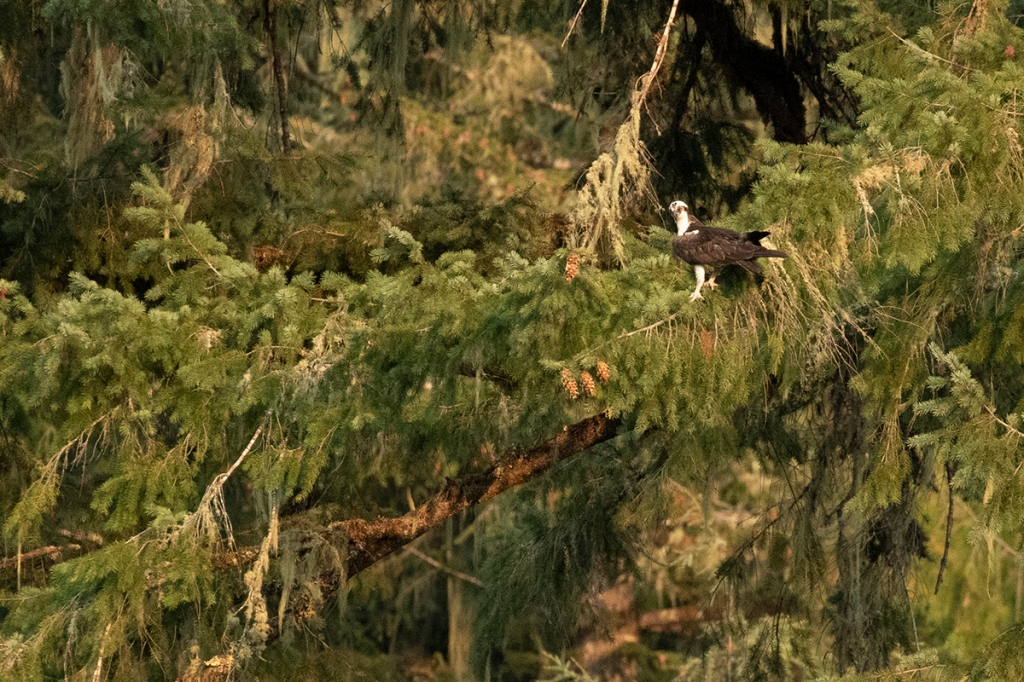
These experiences were gifts. The memories are too, but right now they sometimes feel like tendrils of pain that reach upwards from my gut to my ribcage, and I am engulfed in sadness knowing I may never have those experiences again–of thinking, oh that was the last time, I will see and experience that in my home, the last time that I might be a part of this place that is passing, that has past.
Impermanence
Eleven days after the fire, my birthday came. My niece, took me to the beach. I still felt numb and still worn out. She did all the driving. It was a beautiful weekend, and the first time I had used my camera. We walked along the shore of a Coos Bay beach, and there had been a storm a couple of days before and there were many broken shells on the beach and strands of seaweed. Between the seaweed were imprints from a dog, and a person, and trails that led to the water, and it reminded me of the one constant of life which is change. The water’s inflow of the next hide tide will come and smooth the imprints on the sand, and embrace the seaweed and shells back to its heart. Later new seaweed and shells will be left behind. Other dogs will run across the sand and other feet will follow behind.
A week after the fire, I revisit the property with my sister and brother-in-law. We do recover the contents of the safe, which I closed while retrieving my mother’s shoes before we left. There are legal documents singed inside their plastic sleeves, but we are able to recover my mother’s tapestry left behind to her from her mother and her favorite ring. Two stories of my mother’s house have fallen to the crawlspaces below. I find in the ashes that was my house one of my favorite pieces, a porcelain monkey. It is a small miracle that he is not broken, although his forehead is encrusted with some ashy gritty material and one edge of his coat is blacked. It is almost a win when we find a piece of something that is recognizable. Ah, there is the base of the marble horses with one foreleg, and there is a piece of Wedgewood, still so blue. Some of the porcelain pieces are bleached white or a weird grey color and look like they’ve been covered with a crackled glaze. If there are any pieces, mostly ceramic or dishes, they are broken or cracked, but it still seems like something more than the greasy ash. I find myself collecting bits and pieces just because they are recognizable. The property itself reflects hope and despair next to each other in areas that seem just barely brushed by fire juxtaposed against other areas where tree trunks are charred and soft. Near the water’s edge, there is an area of green grass where a bench still is, while three feet behind it, the area is black. An untouched hoe sits near to the wheelbarrow whose tire has burned off. As I walk the property, a heron flies up river towards me and lands in a tree directly opposite me. And it stays there. It is beautiful although I don’t know what it means.
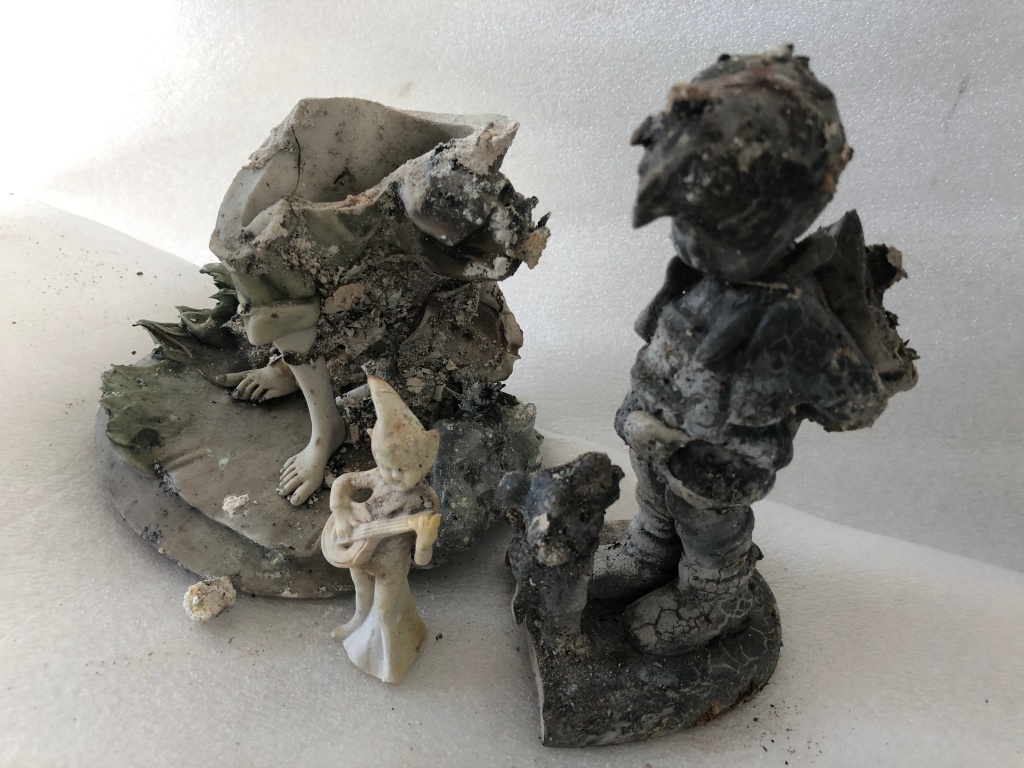
The next week I visit by myself. I poke around a little bit. I don’t really know what I’m searching for. I tire of looking through the ash. There is a sort of horror that is creeping in upon me of how everything that was a signifier of my life and memories has up and disappeared. Unlike the week before, the bits and pieces are not “finds” of anything but the desolate realization that it is all gone. In the distance, across the river, they are taking down trees. I hear the whine of a saw, and then a pause and the crash of the tree. It’s a sound that is horrible. A heron, cries out and circles around the neighbor’s inlet, then settles again at the shore. The next tree falls and the heron repeats its cry and its circle before flying off downriver.
Each time visiting, I have accumulated and then carried home some type of heat from the land, even on the days when it was not hot. Driving home, I have felt it within me like a demonic hot flash. The purpose of my third trip is to be alone in what was my home. The area that is my house is unrecognizable to me and I cannot connect to it. I look around and finally, unlike the few times before when I felt a wave of sadness well up and almost started to weep before pressing it down, I begin to sob at first haltingly and then freely. As I roam the property I weep for the trees, for the paths my dog bounced down every morning before me. I weep for my mother who nourished this place with her artistry and gardens, and for both my father and mother who had so many beautiful years living and entertaining their friends there. I sit by the river and cry. In between my wretched guttural wails, part anger and part grief, I splash the water over my face. Even the water feels warmer than usual. I walk around more, and I cry more. I cry for my ignorance in believing that this was somehow untouchable, sacred, and eternal. I cry for the loss of my future days in this mystical, lovely place along the McKenzie River. I weep for the land, and for myself, and for the ultimate waste.
In the beginning there is shock. Even after seeing the property that first time, it was unreal to me. There is some part of myself that believes that if I go back and look down that driveway again, that my mother’s house will be there, and if I walk down further, I will see my porch and house to the side. The five stages of grief are: denial, anger, bargaining, depression and acceptance. Apparently, they don’t happen in that order to all people. After my third visit to the property, I believe I am alternating between anger, bargaining and depression. I don’t understand what the bargaining means. What can you bargain for once something is gone? But when I read about bargaining, examples of it include the “What if” scenarios, and yes, various scenarios of what ifs have been making the rounds inside my head along with some undefinable guilt. What if we had turned on the sprinklers every day rather than every other day and for long periods. What if the utility company had turned off the power earlier that evening in response to warnings of forecasts of abnormally high winds? What if there were more firemen to fight the fire that first evening rather than the reported 80, that seem a measly sum for the Holiday Farm Fire. What if, what if, what if, as if time could be turned back and a different result could ensue. Some of the what ifs also are signs of anger. Unlike some of my neighbors, I don’t feel thankful for the firemen. I have always admired them, and on one had still do, but the “Thank You” signs in front of houses that are still standing irritate me. I wonder why some houses were saved and others weren’t. I ponder that my parents lived there for over 40 years and paid taxes, but there was no one to help them save their house. Some of this is illogical. It is not the firemen’s’ fault who risk their lives to help others that they were overwhelmed by this fire. But then it must be the higher ups, the county’s fault who failed to take the precautions necessary that would have resulted in a different outcome. It is our country’s leaders who refuse to deal in any effective manner with climate change. Recent studies have found that logged areas, tend to burn more severely.[1] In the end, the what ifs don’t help a single bit. It is what it is, which is awful. And that leads me to depression and the search for some type of meaning that I can take away from this. I haven’t found that yet. Will I be like a phoenix rising from the ashes, or continue my existence as a tree with a hollowed burned-out core that still lives bearing witness to the utter brutality of life.
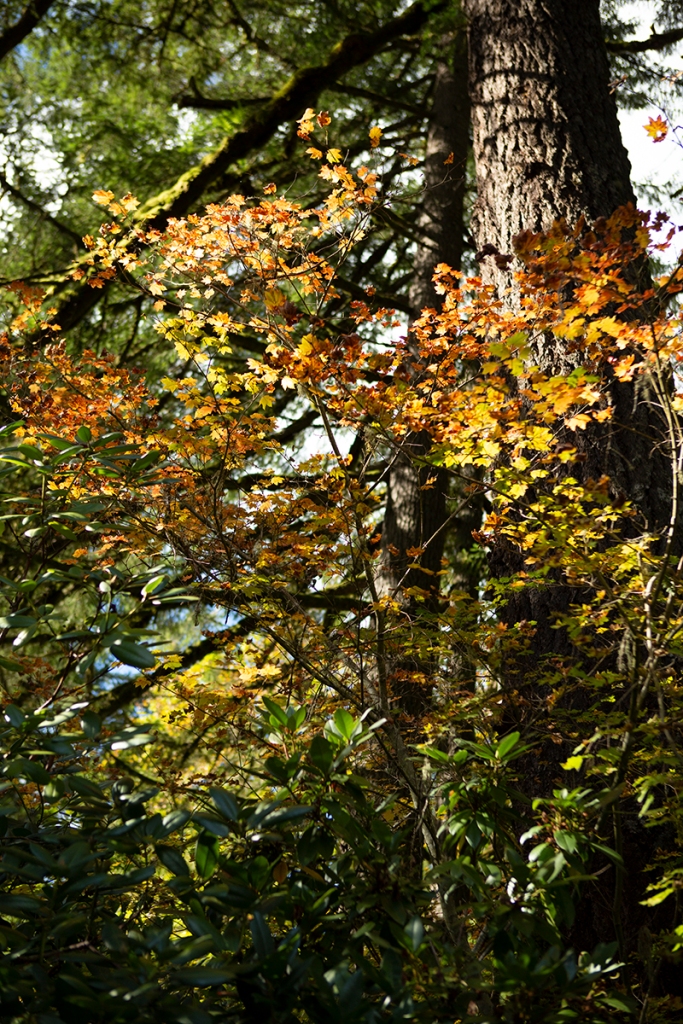
Which brings me to the trees. On our property, there are about seven large Douglas fir trees that line the driveway. Their trunks are massive. I would guess they are 150-200 years if not more. By the eastern side of my mother’s house are another grouping of Douglas firs, five of which have died in the last four or so years, probably of root rot. The landowner above logged his land a decade or so ago, and since that time, in this one corridor, the land is always saturated. The oldest tree of the property, sits east of this group along an upper path. It has a massive curled trunk and always looks to be leaning, but in different directions depending on what perspective you have. It was healthy. By my house, there a few more large firs, one by my porch, one to the back of my house, and one south of my house at the river’s edge. The houses by my side, that were the healthiest, are probably the ones most damaged, and most likely dead. They are black from base to crown. The oldest tree, has a badly burnt lower trunk and root system. The other group east of the main house also has blackened lower trunks, though some of them don’t look as bad as others. Two cedars nearby seem relatively healthy. The trees by the driveway have scorched burns on the side of their very thick trunks, but their crowns remain green, and some of them have parts of their lower trunks that aren’t burned. There are a few other fir trees that aren’t in as bad a shape. My sister brings up taking those trees down a month after the fire because she fears a country cleanup crew will not be able to get down the driveway. I want to wait to see how the trees are in the Spring, especially the ones by the driveway. My younger niece also points out why the rush. My sister sends me a voicemail of someone from the county she has apparently phoned told him that the trees are blocking the access, which is not true. She is assuming they will be bringing in a large dumpster, but there has been no communication to this effect or any communication whatsoever. At this point, I don’t know whether the trees will make it or not but it is unbearable to think that after this human-caused fire, that we can’t give nature a chance to heal itself. I’m okay taking down the ones that don’t look like they will make it, but the thought of taking down the trees along the driveway that are still alive completely unhinges me. The Douglas firs, like the river are the heart and spirit of the property. My sister has sought counsel from loggers. The trees did always loom over the house, but my mother built her house under them. After one time when a large pileated woodpecker was frequenting one of the trees, my mother had a local tree man out to look at the tree. He felt it was healthy. He said, that tree will be here long after us. Remembering his words kills me now. The thought that the trees were still standing was one of my few consolations after the fire. My sister says, Sorry, they have to go. I perceive a callousness that is probably her just thinking it is common sense, but it destroys me. I cannot sleep. The thought of the trees being cut is like a knife going through my core. Hers is probably the logical position, but the idea of a logical approach to this horror is a horror in itself. Will I be able to stand it better in a few weeks, a month? Unknown.
The Dream
For the first few weeks after the fire, as I lay in bed waiting for sleep, I felt as if I were floating to the porch of my house, and entering through its green door. In my waking dream, I see my living room, the dining table strewn with things not yet dealt with, the kitchen island with vitamins out reminding me to take them, the greenery from outside framed by the great room’s five windows. I look at my bookshelf that held books, some which I had since college or even before. My feet feel the hardness of hardwood floors, the softness of the area rugs when I step upon them–they navigate the two steps leading down to my bedroom. I stand before my closet–to the right, I see my bathroom: green tiled walls, white tiled floor, the tub where I could look out over the river, the doggie door where Maisie would enter from the pen, bringing dust and twigs with her, my niece’s illustrations of two gnarled men on the wall–to my left, is the bedroom to which I head. My eyes drift to my unmade bed, the family pictures, the pictures of Kyra and Mishka, my dogs who have passed, the Hummels given to me from my grandmother, the little orchestra monkey unravaged by fire that sit atop the dresser on chest. On the wall above the dresser is the lithograph of a little girl staring in wonder at basket of flowers, I pass my bed and from the periphery of my right eye, I see my reflection in the heavy mirror I lugged from New York, a non-designated gift from the tenant before me who left it behind. I pass by Maisie’s dog bed to take a seat at my desk where I sat for hours processing my photography. I swivel to look out the windows at the McKenzie River and somewhere along this path through my house, in present time I fall asleep. It reminds me of the last scene of The Titanic – Rose lays dying, and camera floats below the ocean’s surface to the sunken ship, and then through its water-filled halls that become suffused with sunlight to the great staircase where her fellow shipmates and Jack awaits. In the beginning, my vision comes unbidden, and then I make it an exercise, but as the weeks passed the rooms of my house become veiled in shadows and more dreamlike in that as I try to focus on a spot, it becomes blurry. I dread the time that I will lose the feeling of being there, and it will just have the emptiness of a room in a photograph. I do not feel my house when I am at the site where it stood. Most everything has been pulverized; there is nothing but ash and the broken pieces I find do not comfort me, do not bring me to home.
For I felt my home and the place it inhabited as a living presence – my home, the trees that surrounded it, the river that flowed beside it, the birds, the mice, the chipmunks, the heron, the osprey, the very air each as a living presence. I was part of it and it was part of me. The fire evicted me and ravaged my home place. I feel guilt at not knowing what was to come. I feel guilt for not having the power to prevent what was to happen, to protect those other parts of me that would succumb to the hot flame. I am broken, not whole, and it is now my supposed duty to piece myself back together like Humpty Dumpty, but though I search among the ashes, many of the pieces are gone. And when people say, at least you are alive, I want to say, not all of me is. And when my sister talks of having to cut those great trees down – trees that might still be alive, I want to scream, but lack the strength. Instead I feel as if I could cave in upon myself, fall to the ground like falling ash, float away on a current of air.
One woman posted radio playback from the night of the fire. In it, you heard the firefighters talking to the chief. Listening, you can decipher where the location of the fire at that point in time, and you get an abstract sense of the fire. The first two tapes, showed the fire’s progress to a point above Finn Rock. The fire had traveled about 6 miles in 4-5 hours. I asked if there were other tapes, because I wanted to know when the fire was at my door. She said the tape cut out at about 2:30am, and the 3rd part has still not been posted. Morbidly, I have visualized myself being present inside my home and my mother’s home as they were destroyed. It brought me comfort to be there as a witness if only in my tortured imagination. I wanted to know that moment when a tangible object, became just ash. I wanted to be there with the trees as they underwent their pain as they have been with me when I felt sad. I guess what I really want is not to have to say good-bye.
Coming into Acceptance
The sixth time I visit the area, I am heading to Clear Lake to take my dog for a walk. I see it as a chance to use the beauty of the untouched places as a salve for my spirit. Going up to just past Leaburg, it as if I were going home on any day, and as if nothing has changed. Likewise once I pass Takoda’s and Blue Sky market, an area above the fire area, the woods are thick and green, and the trees tower above me. The McKenzie originates from Clear Lake, and the lake and the headwaters of the McKenzie are as beautiful as always.
The nearly twenty miles between Leaburg and McKenzie Bridge are a war zone. I see the fire’s path has encompassed both sides of the river, and though there are still some homes standing, even with patches of green lawn about them, what I most intensely see are the ashy ruins of the other homes, like mine, with their twisted metal remnants of refrigerators or washing machines and chimneys sticking up like graveyard headstones. These ruins belie the lives that once lived there; they are wounds upon a landscape, itself scarred and tortured by the fire. I feel afresh not only my sorrow, but the sorrow of all my neighbors who are going through this unremitting pain. Later I feel that my pain has seemed to transform to a pain that is for all of those affected, including the trees, the land, the animals. The pain I feel is not my pain alone anymore, but a communal and eternal pain. This type of pain is always present in the world, but usually for someone else that one reads about in the paper. Perhaps I have felt sympathy for others in the past in a vague and abstract way. Perhaps I have even shed tears for those who have undergone some type of trauma or whose faces bleak and full of despair I have pitied as they have sought refuge and been turned away. For I have felt in these past days as if I were Eve turned out from the garden, a paradise loved but lost. To feel that pain directly, as wretched as it is, is a gift of understanding that I can experience and acknowledge.
When I take a walk part way round Clear Lake, a walk I have taken many times before, it calms me and reassures me that not all the places I love have been fouled by the fire. Pain is so isolating, so encompassing, that it can seem there is nothing else but that sadness. It seems incomprehensible that life can hold both joy and pain at the same time. Yet along the McKenzie River there is destruction while a half mile away is abundance. It reminds me of a poem, I have always loved, by W.H. Auden, called Musee des Beaux Arts.
About suffering they were never wrong,
The old Masters: how well they understood
Its human position: how it takes place
While someone else is eating or opening a window or just walking dully along;
How, when the aged are reverently, passionately waiting
For the miraculous birth, there always must be
Children who did not specially want it to happen, skating
On a pond at the edge of the wood:
They never forgot
That even the dreadful martyrdom must run its course
Anyhow in a corner, some untidy spot
Where the dogs go on with their doggy life and the torturer’s horse
Scratches its innocent behind on a tree.
In Brueghel’s Icarus, for instance: how everything turns away
Quite leisurely from the disaster; the ploughman may
Have heard the splash, the forsaken cry,
But for him it was not an important failure; the sun shone
As it had to on the white legs disappearing into the green
Water, and the expensive delicate ship that must have seen
Something amazing, a boy falling out of the sky,
Had somewhere to get to and sailed calmly on.
Frankly, I don’t know if I’ve reached acceptance yet, or if I’m even beyond anger, or beyond depression, or beyond that hurt feeling that is full of the absence of home, of past loved objects, of a lost future of being able to look out my window to the river or letting my fingers graze the rough bark of the old trees where I hid peanuts for the chipmunks, or walking behind my joyous dog down the path beneath the trees to the water while calling out to the osprey across the way. Much is gone, and yet, within me, in the past few days there has been a slight shift, a glimmer of light. I will seek my consolation in animals, in the kindness of friends and strangers, and the beauty of the natural world that still exists for the time being. And if we are careful and vigilant, perhaps for a while longer.
It is seven weeks from the day my old life burned away and I am emerging, not as a rising phoenix, at least not yet and most likely never, but more like a groggy old and hungry bear crawling out of a darkened cave to see if winter has ended and to wonder what the world might hold for it next.
[1] https://esajournals.onlinelibrary.wiley.com/doi/full/10.1002/ecs2.1492


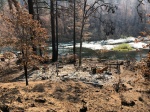
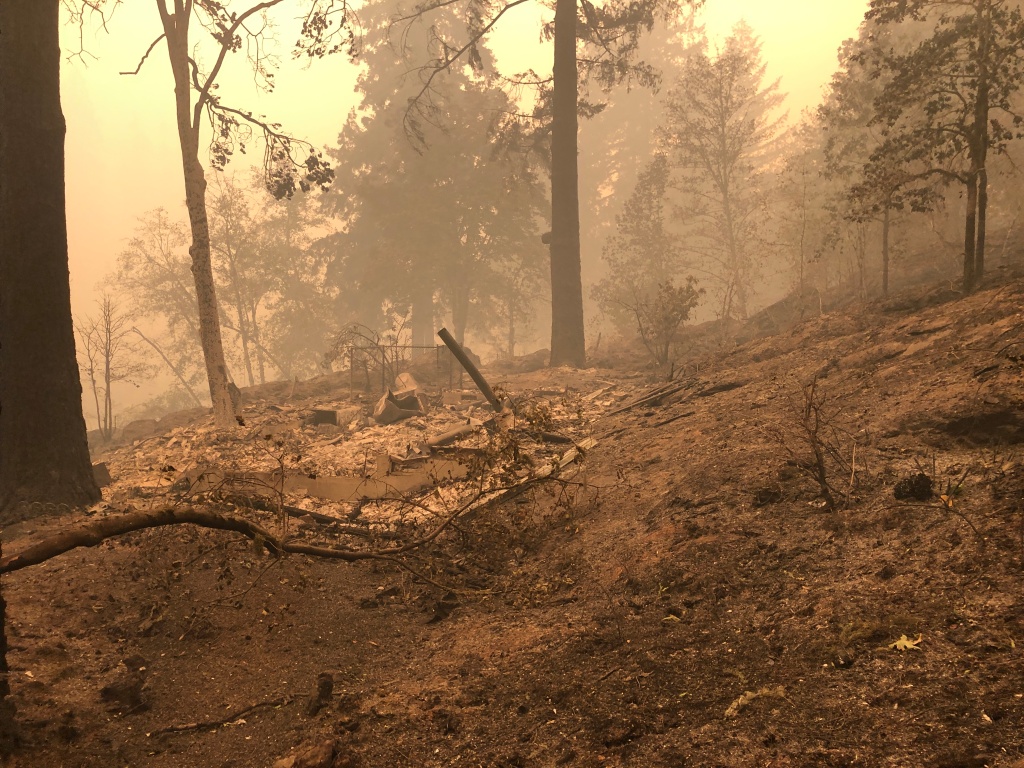
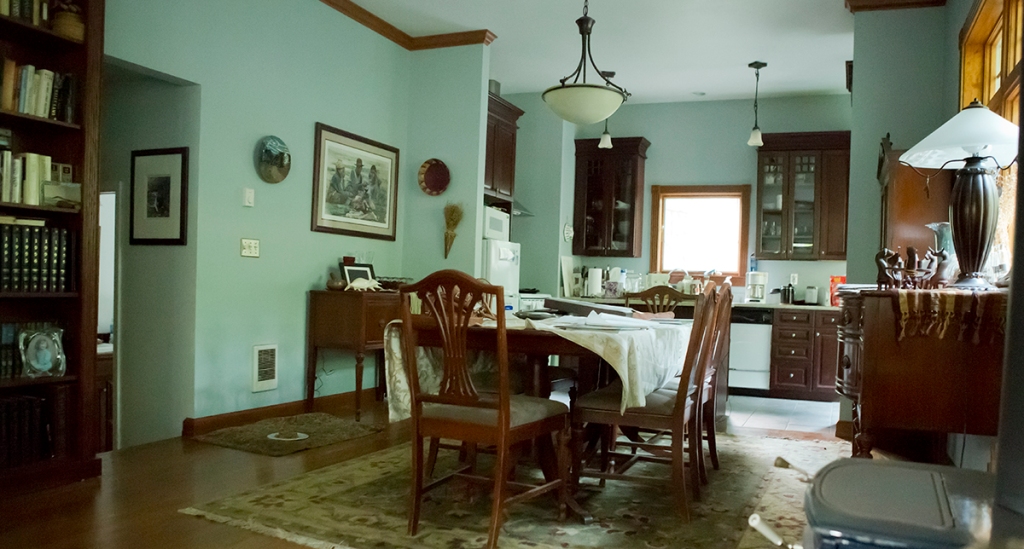

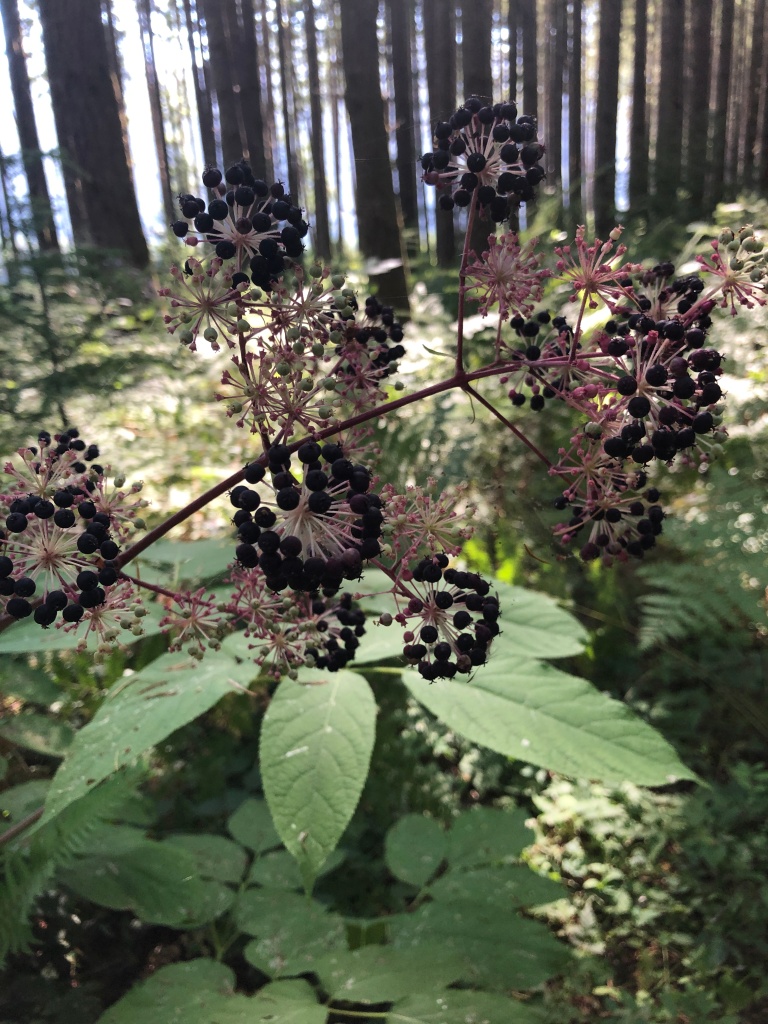
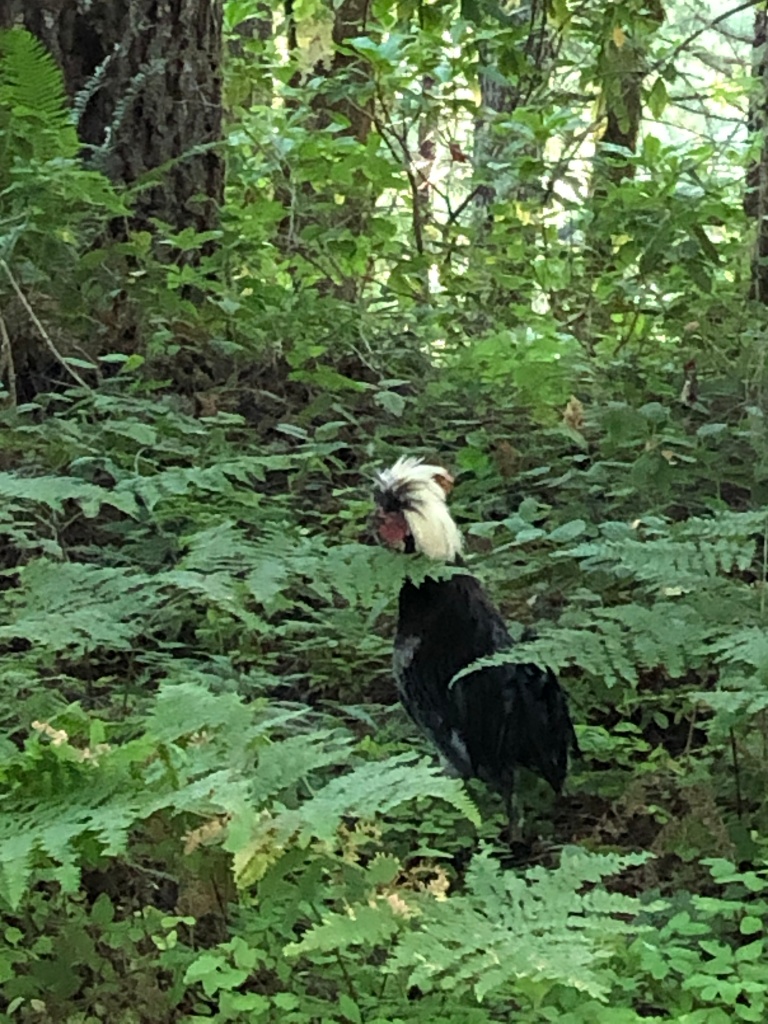
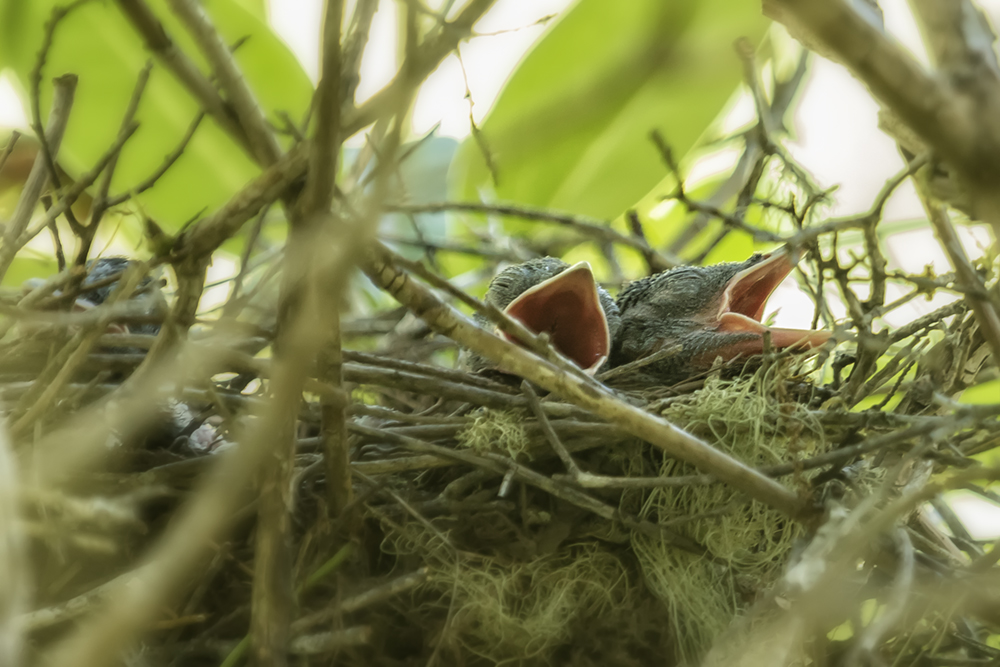

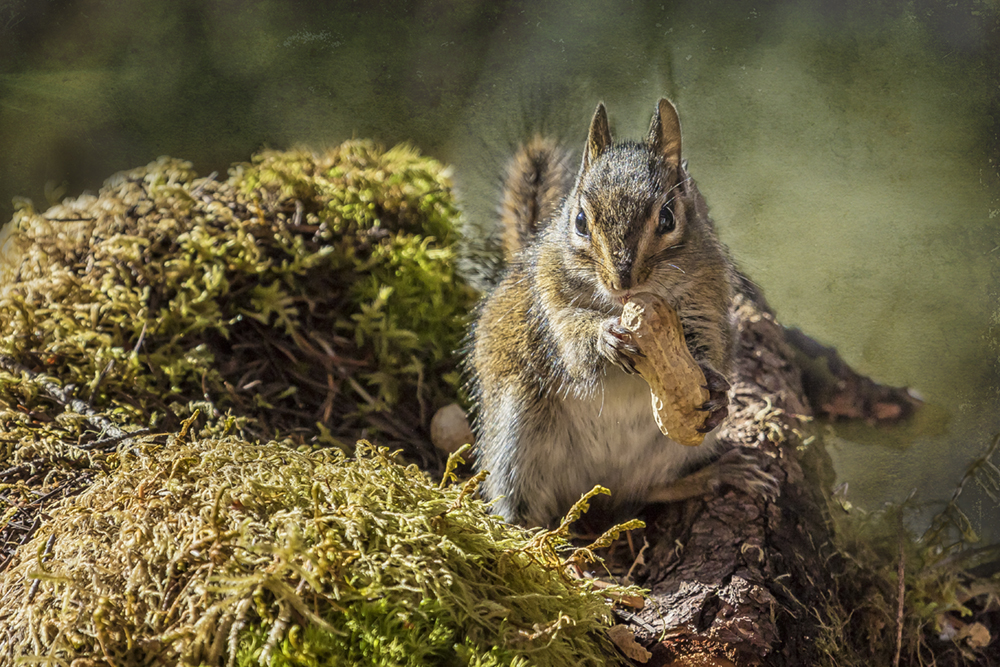
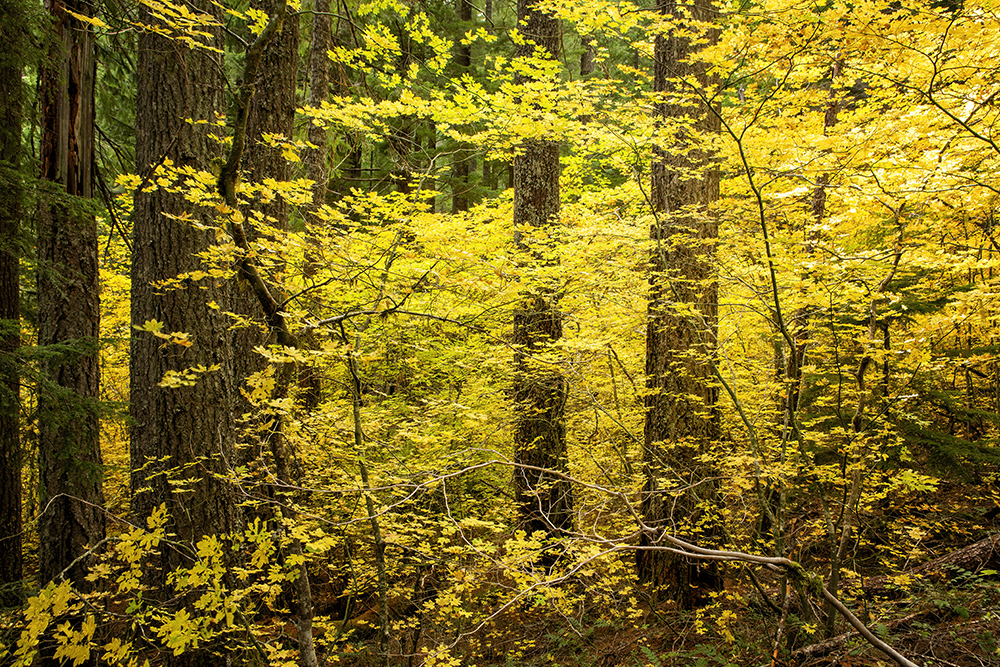
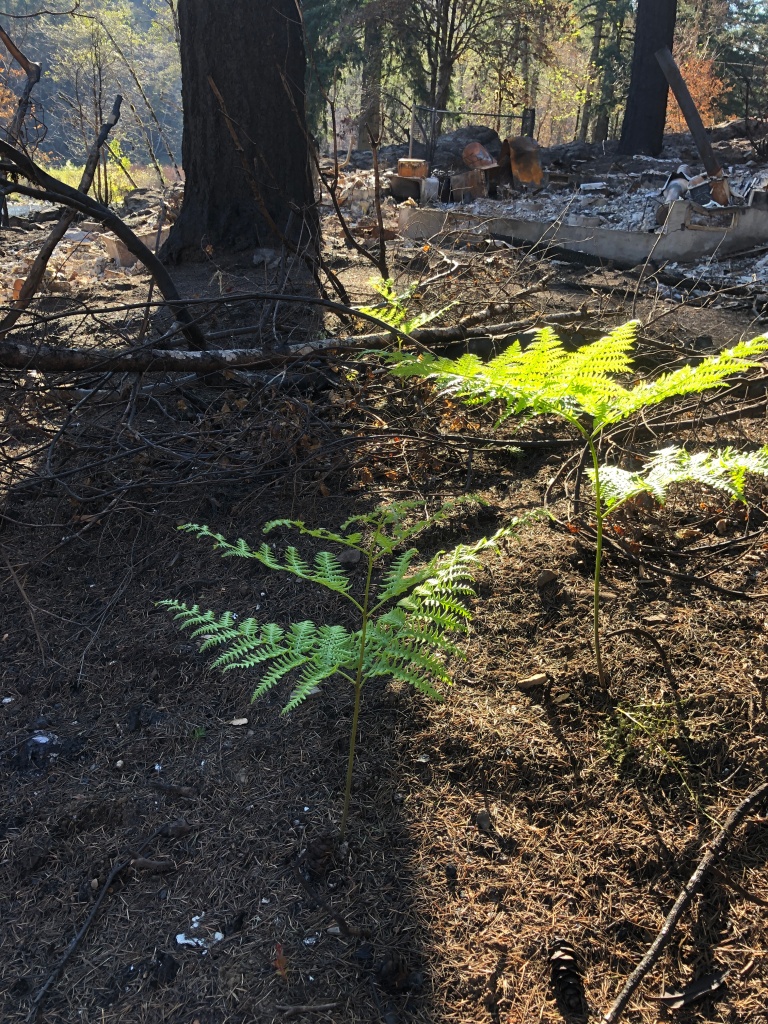
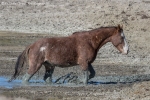



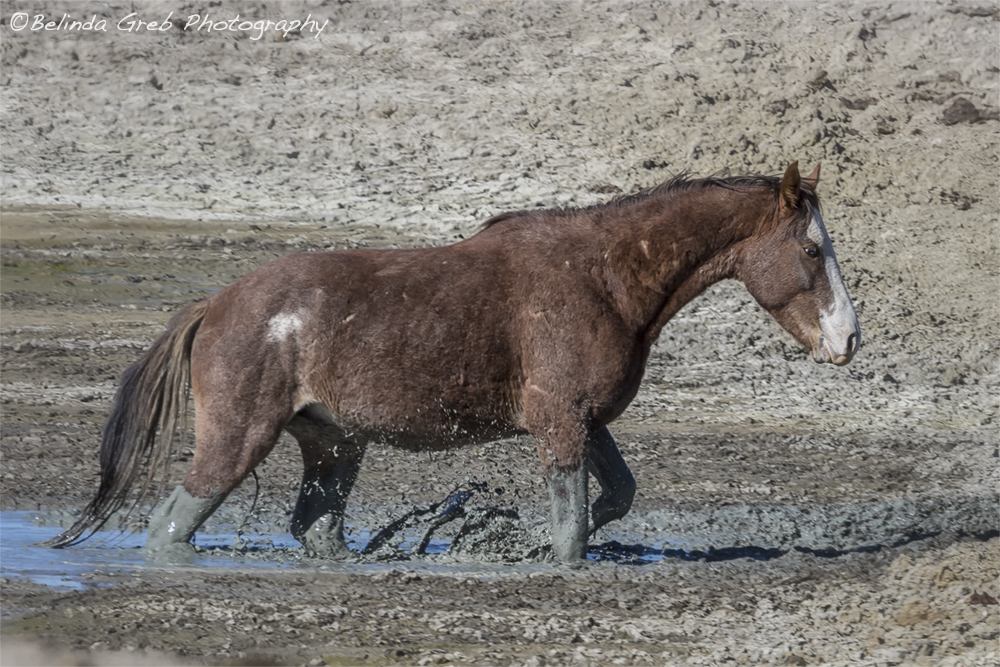








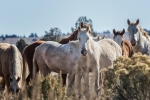
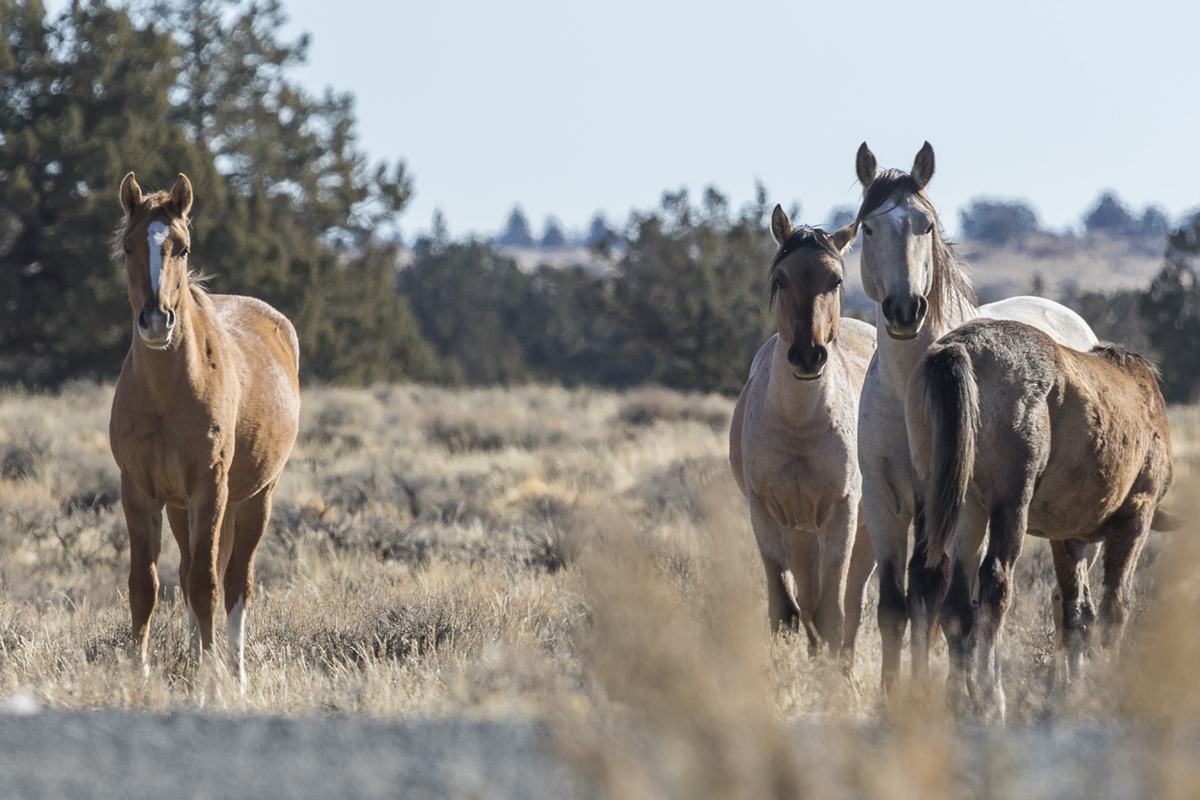 Yesterday I visited the wild horses over near Burns. I just did a day trip with the drive being 4 hours each way, so I only had time to visit the Palomino Buttes Herd. What I have come to love about visiting this herd, is that there are a few individual horses that I follow. Each time, I see just a day in their life and it may be 2 or 6 months since I saw them last. Sometimes, a family member is missing. Sometimes a new foal has been born. Sometimes bands have interchanged mares and foals – that is the way of the herd. It is different than watching a wild animal in a national park, because the chances are that in a national park, I will never see that individual animal again. Also, with many of the wild horse herds, they are somewhat used to having people watch them. They are still wild, still feral, but more habituated to people. Some bands are more at ease and will tolerate people at smaller distances. I’m not going to discuss the cons of that, though there are many, but for me, as an observer it is a blessing, as I’m able to watch these fascinating social animals without them immediately running away, although some still will, especially if they have a newborn foal. I don’t try to interact with them and for the most part I stay some distance away, although they can go by me, or I them, where the distance becomes closer to my exhilaration. They are aware of me, they tolerate me, but even that in itself can change their behavior, and if I feel they are too hyper alert I will pull back. Often they become acclimated and just ignore me.
Yesterday I visited the wild horses over near Burns. I just did a day trip with the drive being 4 hours each way, so I only had time to visit the Palomino Buttes Herd. What I have come to love about visiting this herd, is that there are a few individual horses that I follow. Each time, I see just a day in their life and it may be 2 or 6 months since I saw them last. Sometimes, a family member is missing. Sometimes a new foal has been born. Sometimes bands have interchanged mares and foals – that is the way of the herd. It is different than watching a wild animal in a national park, because the chances are that in a national park, I will never see that individual animal again. Also, with many of the wild horse herds, they are somewhat used to having people watch them. They are still wild, still feral, but more habituated to people. Some bands are more at ease and will tolerate people at smaller distances. I’m not going to discuss the cons of that, though there are many, but for me, as an observer it is a blessing, as I’m able to watch these fascinating social animals without them immediately running away, although some still will, especially if they have a newborn foal. I don’t try to interact with them and for the most part I stay some distance away, although they can go by me, or I them, where the distance becomes closer to my exhilaration. They are aware of me, they tolerate me, but even that in itself can change their behavior, and if I feel they are too hyper alert I will pull back. Often they become acclimated and just ignore me. Photographing horses and wildlife in general, is a far different cry than photographing landscapes. It is imperfect. It is split second decisions, continuous shooting, trying to remember to adjust ISO to get the best exposure while keeping a high enough shutter speed to capture movement. In landscape photography, I compose my scene, set my settings, wait for the right light. The light may fail me or not, but the components of the scene are not constantly shifting before my eyes. When I am photographing wild horses, versus a wild animal in a national park or wilderness, I have multiple potential subjects. Some are drinking at the waterhole, while one is rolling in the dust, and in the background a foal runs in circles around its mother (this example taken from yesterday). Great photographs opportunities if I can capture them in the maybe 3-5 minutes that the horses are near me. Also, often I am in my car since the car acts as a blind , so I am stretching and contorting myself to get the best composition I can. Sometimes I do stealthily approach by foot but many times the horses will allow a closer proximity when I’m in the car. Once I come out of the car, the animals are more aware of me and my presence may startle them.
Photographing horses and wildlife in general, is a far different cry than photographing landscapes. It is imperfect. It is split second decisions, continuous shooting, trying to remember to adjust ISO to get the best exposure while keeping a high enough shutter speed to capture movement. In landscape photography, I compose my scene, set my settings, wait for the right light. The light may fail me or not, but the components of the scene are not constantly shifting before my eyes. When I am photographing wild horses, versus a wild animal in a national park or wilderness, I have multiple potential subjects. Some are drinking at the waterhole, while one is rolling in the dust, and in the background a foal runs in circles around its mother (this example taken from yesterday). Great photographs opportunities if I can capture them in the maybe 3-5 minutes that the horses are near me. Also, often I am in my car since the car acts as a blind , so I am stretching and contorting myself to get the best composition I can. Sometimes I do stealthily approach by foot but many times the horses will allow a closer proximity when I’m in the car. Once I come out of the car, the animals are more aware of me and my presence may startle them.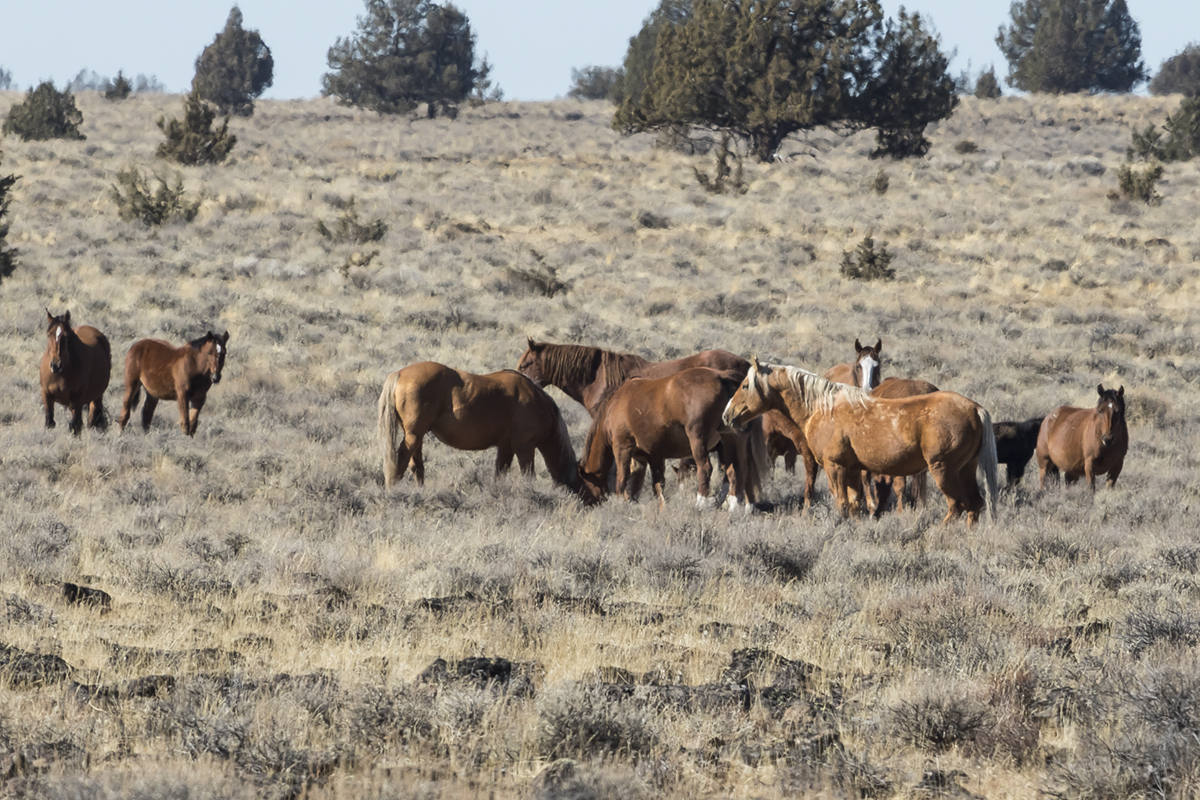 Often I will continue to photograph even though I know the horses are too far away or the composition isn’t that great. I do this, because with the horses, I am interested in have the photographs as a record to learn from; later I will review the band make-up and if it’s a band I’m familiar with, the differences in the band make-up or to try an identify certain horses since I saw them last. Later review also often brings about behavioral observances that can be overlooked in the moment. There are also periods when I’m just watching the horses and enjoying their presence and feeling a bit left out as part of me would relish being part of their camaraderie and really being able to know how they feel.
Often I will continue to photograph even though I know the horses are too far away or the composition isn’t that great. I do this, because with the horses, I am interested in have the photographs as a record to learn from; later I will review the band make-up and if it’s a band I’m familiar with, the differences in the band make-up or to try an identify certain horses since I saw them last. Later review also often brings about behavioral observances that can be overlooked in the moment. There are also periods when I’m just watching the horses and enjoying their presence and feeling a bit left out as part of me would relish being part of their camaraderie and really being able to know how they feel.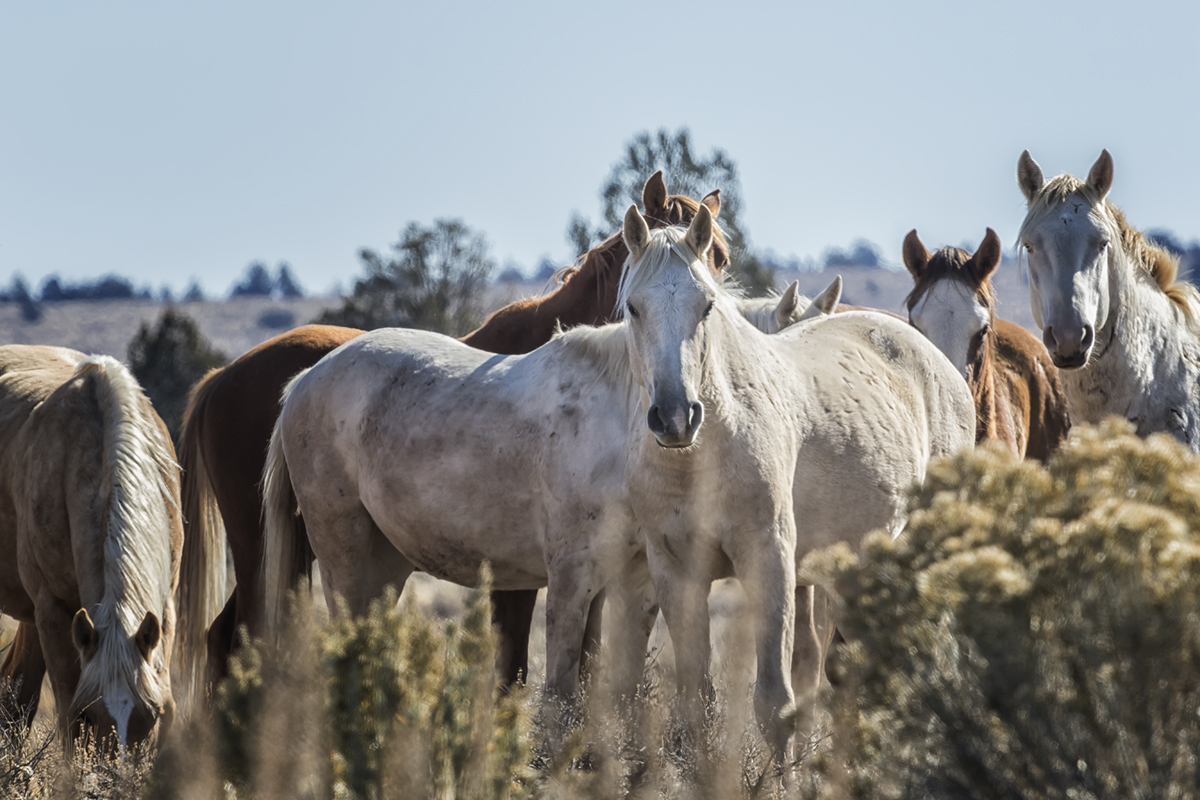 I was pleased to see my favorite horse of this herd, Traveler, yesterday. (These horses are sometimes named by locals). In May, Traveler was still with his family although his elder brother, Pallaton, had been kicked out from the herd, but later this past summer I read Traveler too was kicked out. Yesterday I did see Traveler with his new bachelor band yesterday. I read a blog where the writer had watched the eviction of a colt from its family herd, a natural event, take place. First the band stallion started chasing the colt away (usually 2 or 3 years old). The colt was surprised and kept wanting to return. Then the mares also started to chase him away until he got the message. It is a part of the natural world that is difficult and breaks one heart, but it is needed for the colt to gain independence and necessary for the stallion to maintain his band from possible competition from the colts whose hormones are kicking in. Perhaps in the future, the estranged colt will have his own band. It is what I hope for Traveler. Usually these colts join bachelor bands until they are mature enough to challenge another stallion for its band or a mare. Nevertheless, it is hard to witness the real love and affection between the parent horses and their offspring and to see the joy and energy of a young horse, and then to see that horse have to go out on its own and take on the responsibilities of fending for itself.
I was pleased to see my favorite horse of this herd, Traveler, yesterday. (These horses are sometimes named by locals). In May, Traveler was still with his family although his elder brother, Pallaton, had been kicked out from the herd, but later this past summer I read Traveler too was kicked out. Yesterday I did see Traveler with his new bachelor band yesterday. I read a blog where the writer had watched the eviction of a colt from its family herd, a natural event, take place. First the band stallion started chasing the colt away (usually 2 or 3 years old). The colt was surprised and kept wanting to return. Then the mares also started to chase him away until he got the message. It is a part of the natural world that is difficult and breaks one heart, but it is needed for the colt to gain independence and necessary for the stallion to maintain his band from possible competition from the colts whose hormones are kicking in. Perhaps in the future, the estranged colt will have his own band. It is what I hope for Traveler. Usually these colts join bachelor bands until they are mature enough to challenge another stallion for its band or a mare. Nevertheless, it is hard to witness the real love and affection between the parent horses and their offspring and to see the joy and energy of a young horse, and then to see that horse have to go out on its own and take on the responsibilities of fending for itself.
 Each morning on most days, I have a twitter routine, in which I retweet fellow photographers and artists’ work who I follow and try to respond to some of those who have tweeted to me. I often try to retweet things about issues to do with protecting our animals and natural places. This morning I saw yet another video about factory farming in which workers were intentionally and sadistically bringing more pain to animals in what is already a torturous process. Why do we have to be so inhumane? When I say we, it is because we are complicit if we eat meat whose source we don’t know. I count myself among the guilty. Why can’t we have laws that require our food manufacturing to be done in a way that respects each and every life. Many animals kill for their food, but generally they don’t go out of their way to make it more horrifying than it has to be. Seeing videos like this always affect me deeply. On one hand I don’t want to see them, but on the other hand I feel I need to as it reminds me to try not to eat meat, and to be more conscious about what practices I may be unconsciously supporting.
Each morning on most days, I have a twitter routine, in which I retweet fellow photographers and artists’ work who I follow and try to respond to some of those who have tweeted to me. I often try to retweet things about issues to do with protecting our animals and natural places. This morning I saw yet another video about factory farming in which workers were intentionally and sadistically bringing more pain to animals in what is already a torturous process. Why do we have to be so inhumane? When I say we, it is because we are complicit if we eat meat whose source we don’t know. I count myself among the guilty. Why can’t we have laws that require our food manufacturing to be done in a way that respects each and every life. Many animals kill for their food, but generally they don’t go out of their way to make it more horrifying than it has to be. Seeing videos like this always affect me deeply. On one hand I don’t want to see them, but on the other hand I feel I need to as it reminds me to try not to eat meat, and to be more conscious about what practices I may be unconsciously supporting.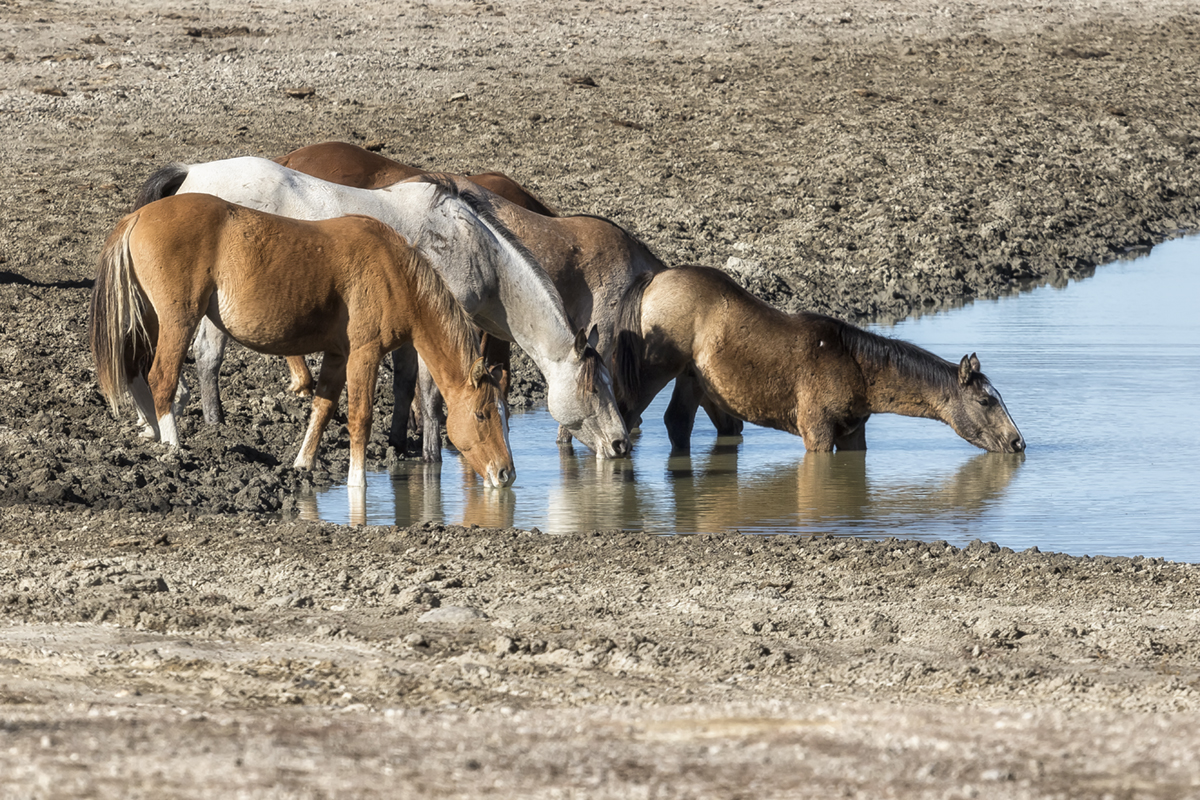 Anyway observing the joys and hardships of the horses yesterday and my feelings after watching this video this morning put me into a very thoughtful and sad mood full of conflicting emotions, and I felt like writing about it. I haven’t felt like writing in a while being so overwhelmed by what has been happening lately in this country politically. And there is so much is at stake. More and more animals species are threatened by loss of habitat, and though some would deny it, we are beginning to see the impact of changes to our climate. Wild horses have been mismanaged for a long time, but there has been a recent push by this congress to kill the horses that are in the holding pens and to lower the numbers of wild horses in the interest of ranchers and other powerful monied interests that want the use of our public lands. While many in any government (past and present) are not usually there for love of animals or ethics, this current administration and congress are even more blatantly for profit at the expense of animals, natural places and even safety to humans (e.g. getting rid of regulations, allowing drilling or mining, etc). So much so, they are willing to cut science out of all deliberations concerning climate change and environment protections. Most Americans profess to love our wild horses. I doubt anyone would say that it is okay to allow pesticides that we know are harmful to children, or to our water, or that end up in our food. Most of use even believe in climate change, but what I find horrifying and incomprehensible is why many can find this current administration acceptable in light of their appointments of people who seek to dismantle years of work to create laws that protect that environment. We cannot count on corporations to self-monitor.
Anyway observing the joys and hardships of the horses yesterday and my feelings after watching this video this morning put me into a very thoughtful and sad mood full of conflicting emotions, and I felt like writing about it. I haven’t felt like writing in a while being so overwhelmed by what has been happening lately in this country politically. And there is so much is at stake. More and more animals species are threatened by loss of habitat, and though some would deny it, we are beginning to see the impact of changes to our climate. Wild horses have been mismanaged for a long time, but there has been a recent push by this congress to kill the horses that are in the holding pens and to lower the numbers of wild horses in the interest of ranchers and other powerful monied interests that want the use of our public lands. While many in any government (past and present) are not usually there for love of animals or ethics, this current administration and congress are even more blatantly for profit at the expense of animals, natural places and even safety to humans (e.g. getting rid of regulations, allowing drilling or mining, etc). So much so, they are willing to cut science out of all deliberations concerning climate change and environment protections. Most Americans profess to love our wild horses. I doubt anyone would say that it is okay to allow pesticides that we know are harmful to children, or to our water, or that end up in our food. Most of use even believe in climate change, but what I find horrifying and incomprehensible is why many can find this current administration acceptable in light of their appointments of people who seek to dismantle years of work to create laws that protect that environment. We cannot count on corporations to self-monitor.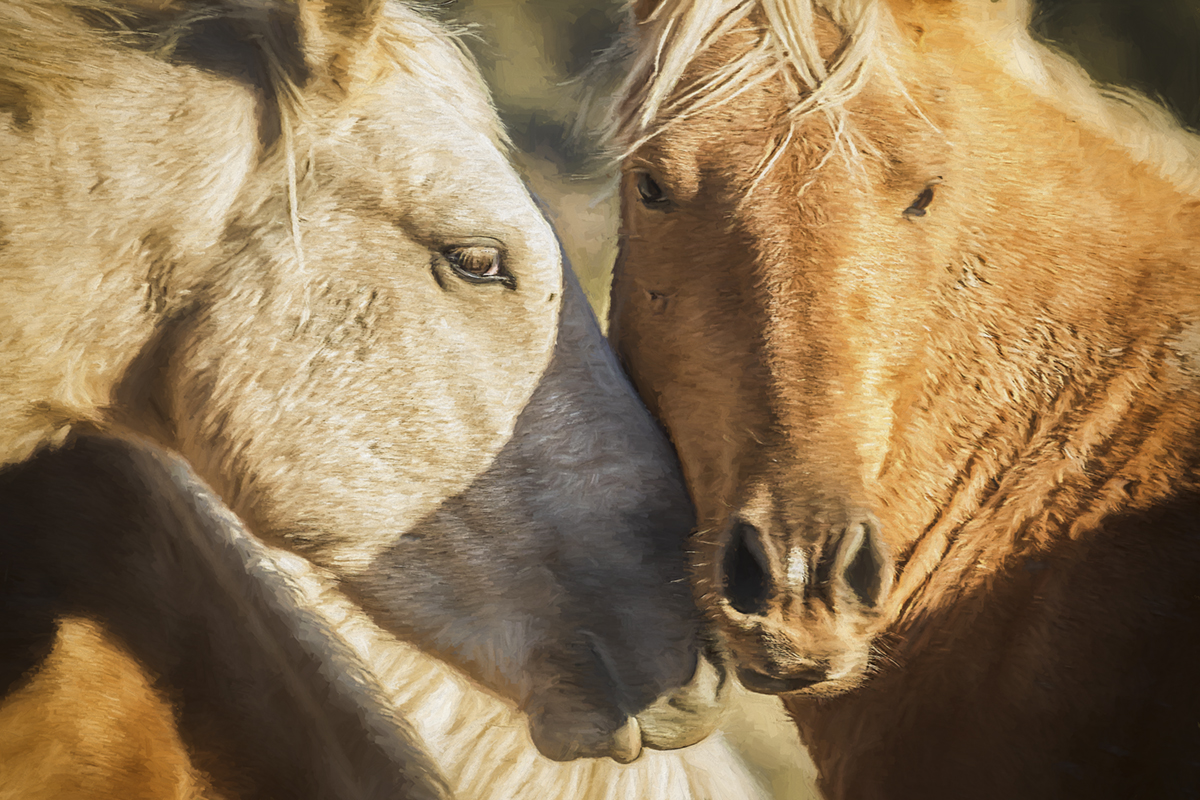 One new Twitter follower commented that since many of my photographs are horses, I guess you love horses, or something like that. This struck me in a wrong way. As if it was the same as liking ice cream. I know that wasn’t that his intention. In a way it has nothing to do with my love. My animal photographs are striving to show that animal as a living, conscious, feeling, experiencing being. Yes. I have always loved animals, but I love them even more deeply now that I’ve come to more fully realize their aliveness which I feel is the same as mine. What do I mean by that? I don’t even know fully what I mean myself or at least not in a way to put into words. I don’t profess to know their consciousness or to understand as much about them as say, Jane Goodall understands about chimpanzees, but when I watch and photograph animals I feel them as living beings, I feel their life force. And I respect it as much as my own. Sometimes they are joyful, at times they look worn out, at times they are tender and at other times fierce. They have love and they have pain. Life is not easy for them in the wild. In many respects it is harder, but it does seem to be a life more fully lived. And I feel that for us, as human beings to dismiss their life as a thing that can be tortured for convenience’s or profit’s sake is a desecration of a sacred thing. For us or our elected, therefore chosen, representatives to trade their freedom, to monetize animals or just think of them as as a menu item, to threaten their future as an individual life, let alone as a species because we don’t like the inconvenience of actually having to share the planet, or because someone needs a campaign contribution from a special interest party, or because we’re promised a fucking tax break and are willing to overlook the price of that (because the drive behind doing away with regulations and so called “hand-outs” is really all about money, isn’t it?) is profane. I want to live in a world where love will help to heal the pain of life and where it is extended to all living creatures. That nearly half of this country wants to avert its eyes from the not so nice things that are being done in the name of progress and can accept politicians who are willing to sacrifice our environment and the living creatures who dwell there to the highest bidder, well, that indeed is sad.
One new Twitter follower commented that since many of my photographs are horses, I guess you love horses, or something like that. This struck me in a wrong way. As if it was the same as liking ice cream. I know that wasn’t that his intention. In a way it has nothing to do with my love. My animal photographs are striving to show that animal as a living, conscious, feeling, experiencing being. Yes. I have always loved animals, but I love them even more deeply now that I’ve come to more fully realize their aliveness which I feel is the same as mine. What do I mean by that? I don’t even know fully what I mean myself or at least not in a way to put into words. I don’t profess to know their consciousness or to understand as much about them as say, Jane Goodall understands about chimpanzees, but when I watch and photograph animals I feel them as living beings, I feel their life force. And I respect it as much as my own. Sometimes they are joyful, at times they look worn out, at times they are tender and at other times fierce. They have love and they have pain. Life is not easy for them in the wild. In many respects it is harder, but it does seem to be a life more fully lived. And I feel that for us, as human beings to dismiss their life as a thing that can be tortured for convenience’s or profit’s sake is a desecration of a sacred thing. For us or our elected, therefore chosen, representatives to trade their freedom, to monetize animals or just think of them as as a menu item, to threaten their future as an individual life, let alone as a species because we don’t like the inconvenience of actually having to share the planet, or because someone needs a campaign contribution from a special interest party, or because we’re promised a fucking tax break and are willing to overlook the price of that (because the drive behind doing away with regulations and so called “hand-outs” is really all about money, isn’t it?) is profane. I want to live in a world where love will help to heal the pain of life and where it is extended to all living creatures. That nearly half of this country wants to avert its eyes from the not so nice things that are being done in the name of progress and can accept politicians who are willing to sacrifice our environment and the living creatures who dwell there to the highest bidder, well, that indeed is sad.